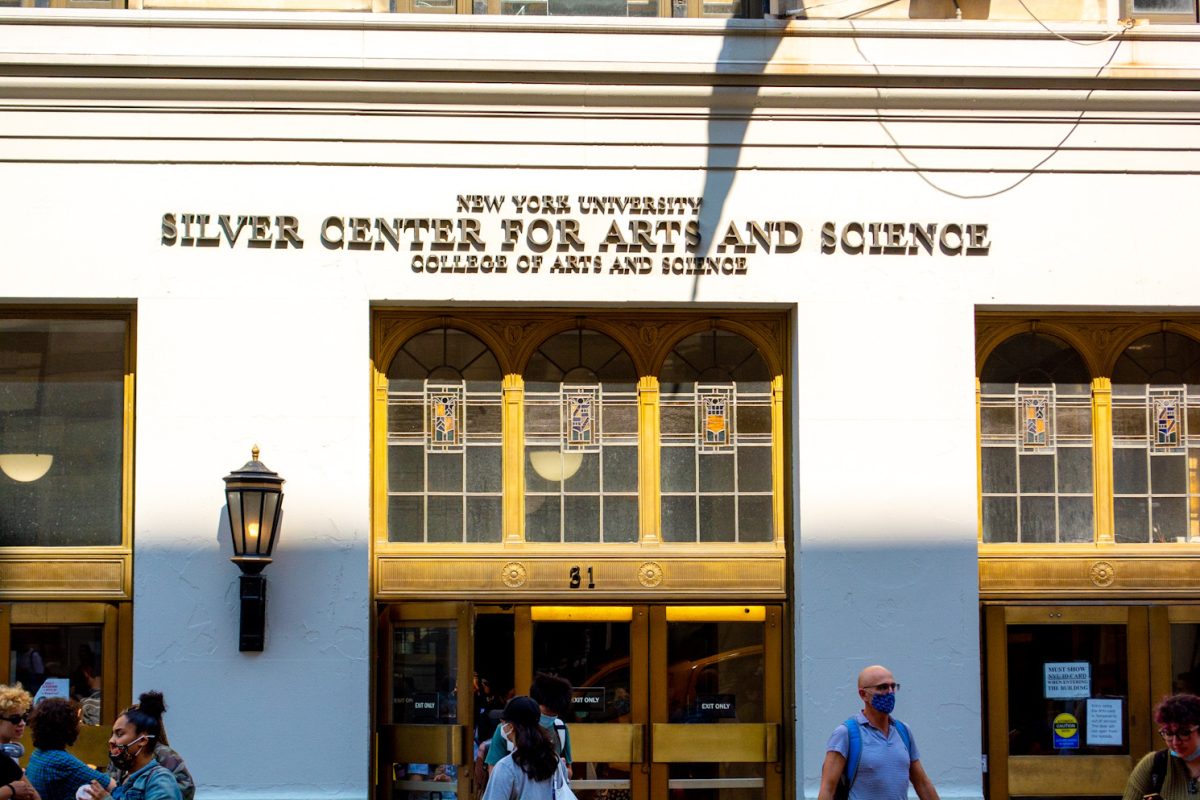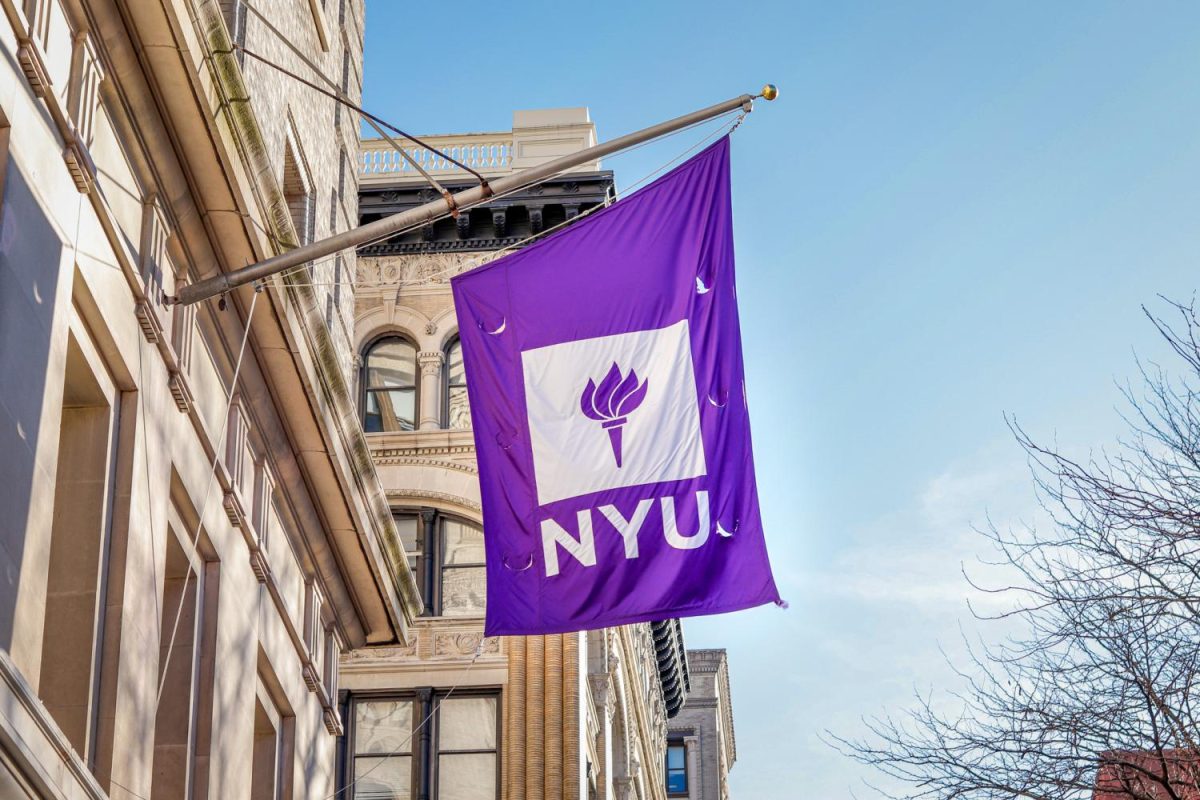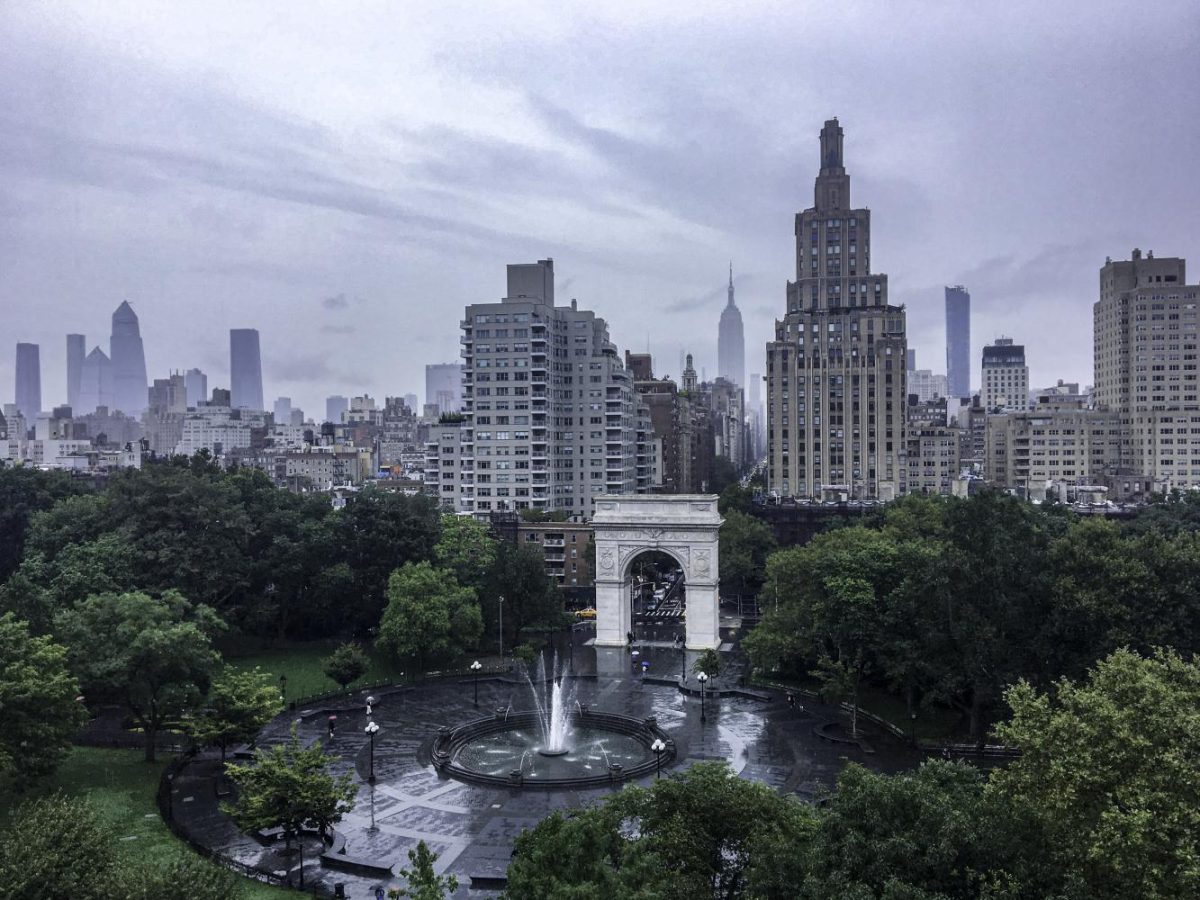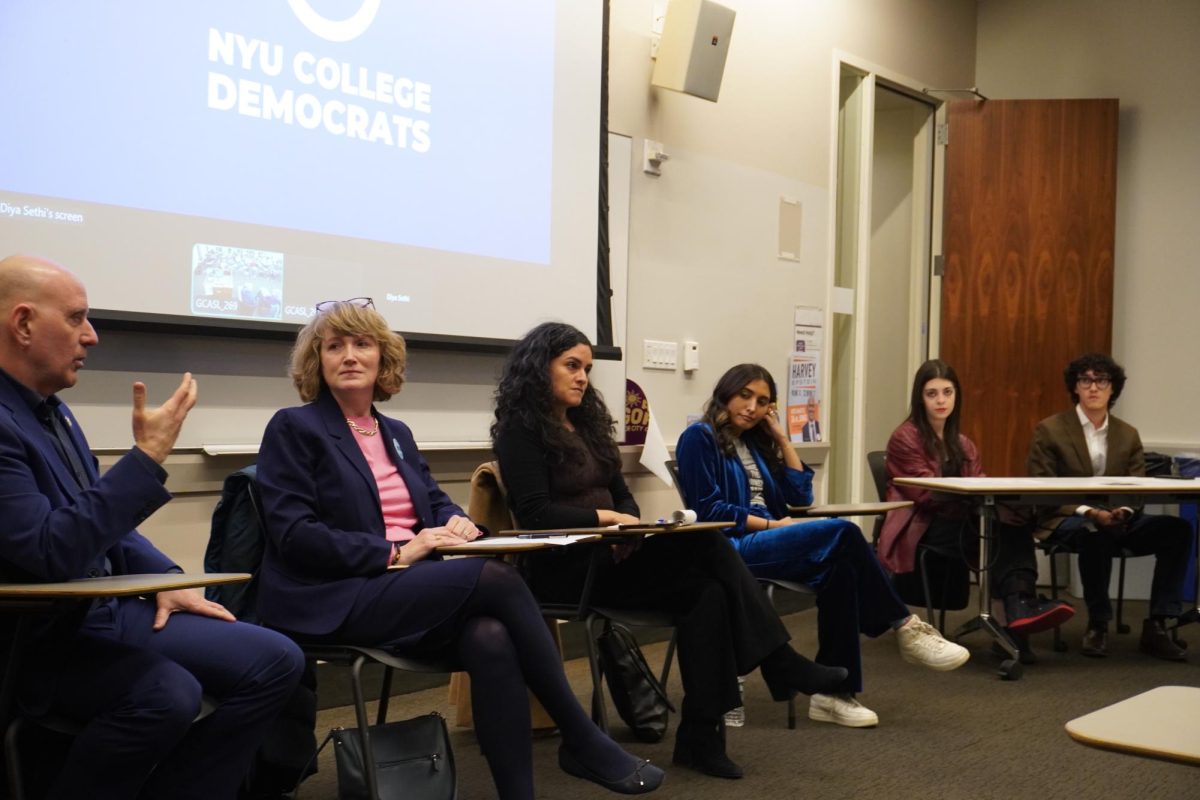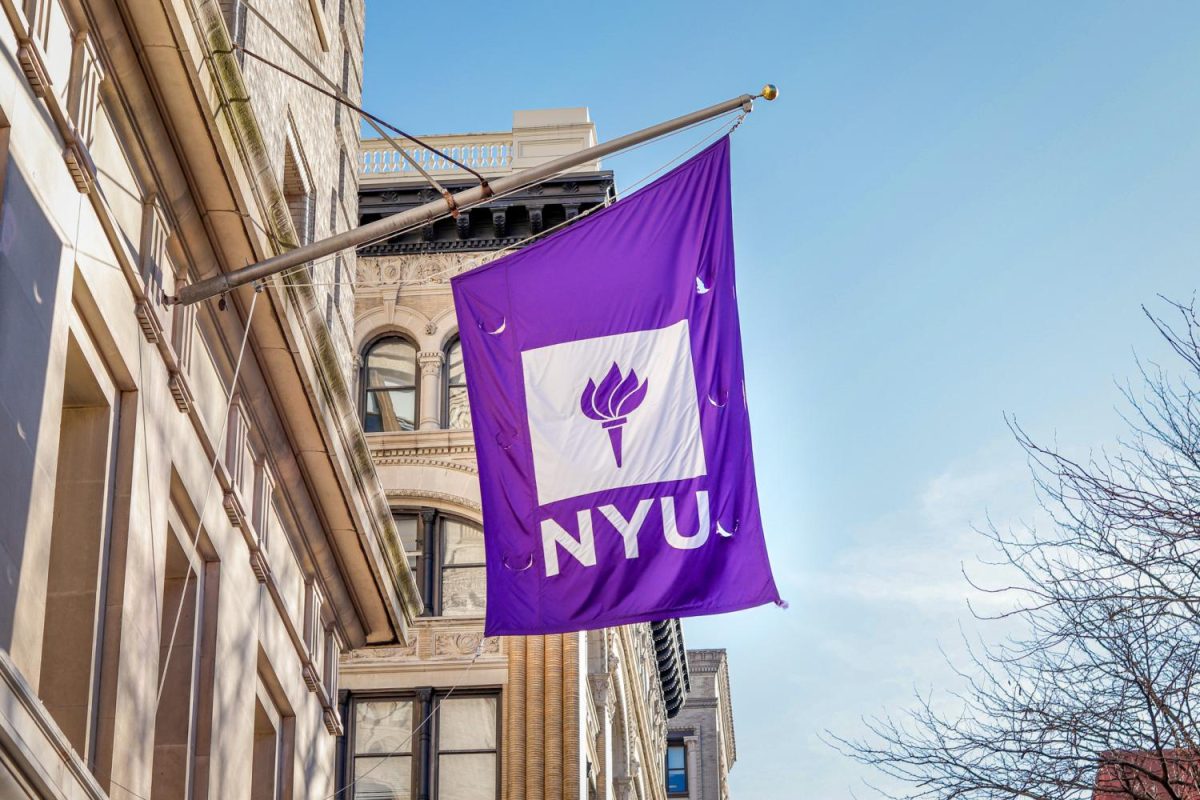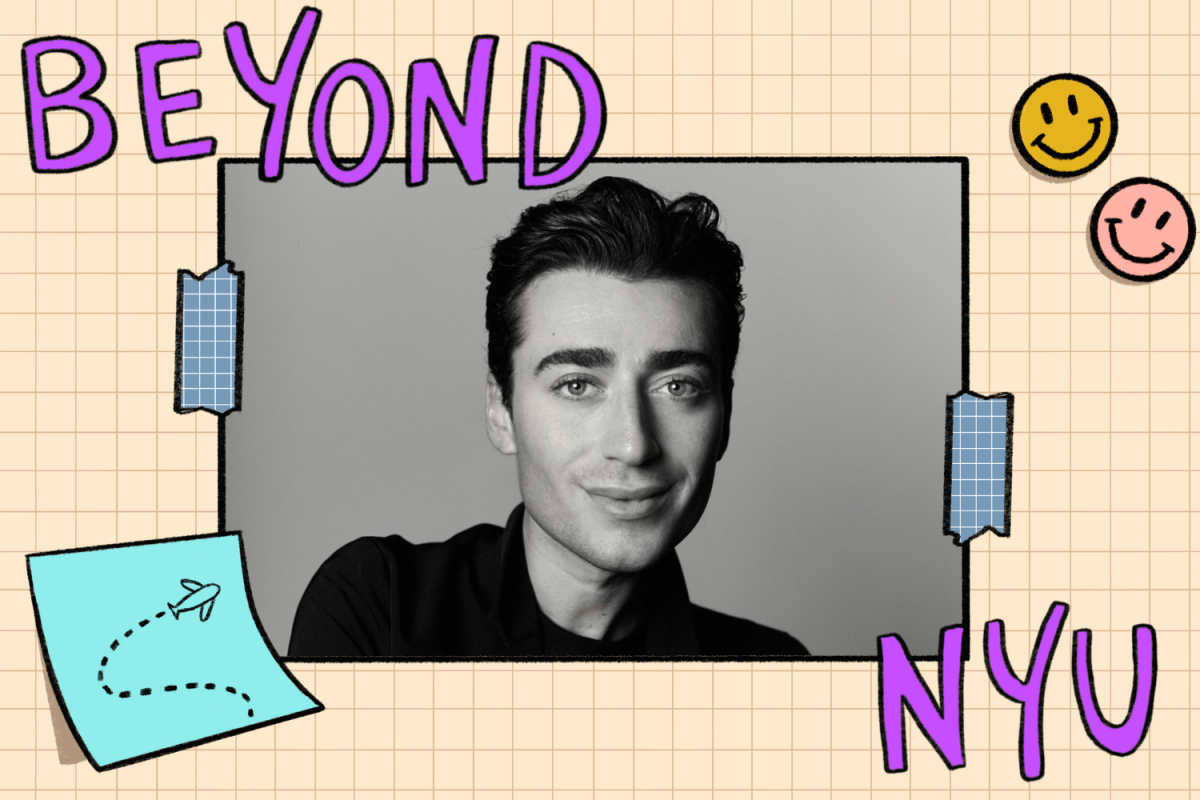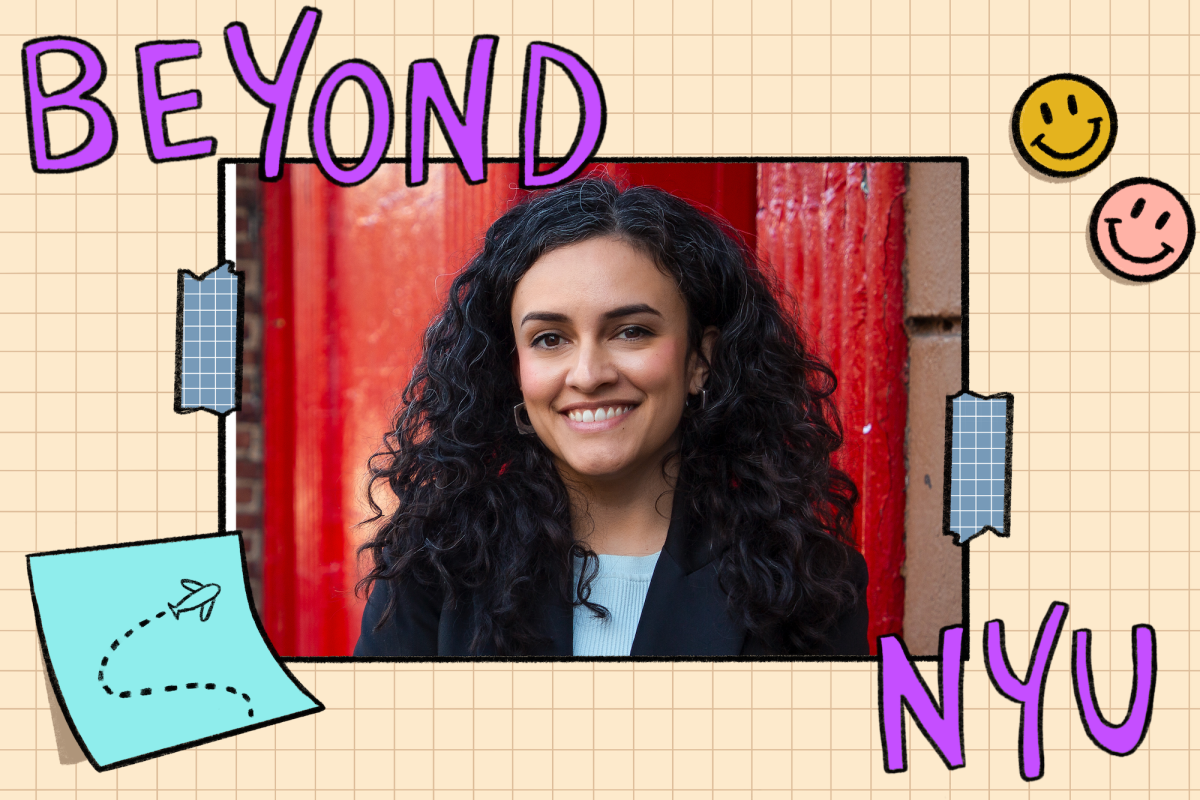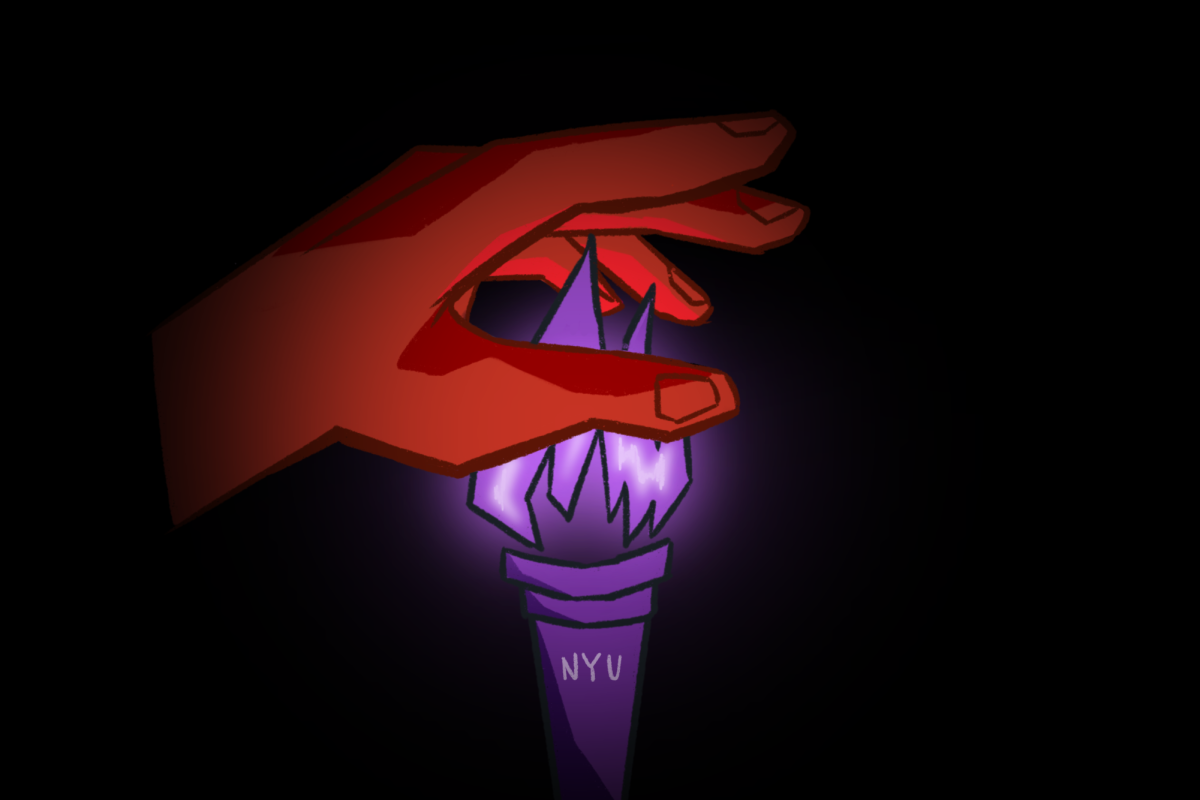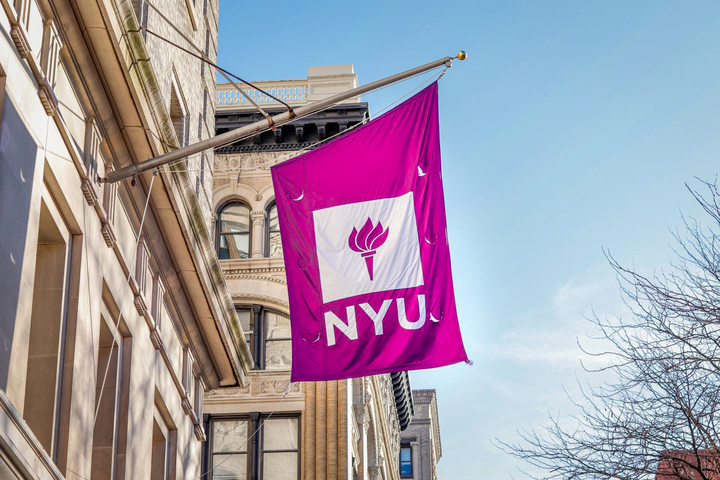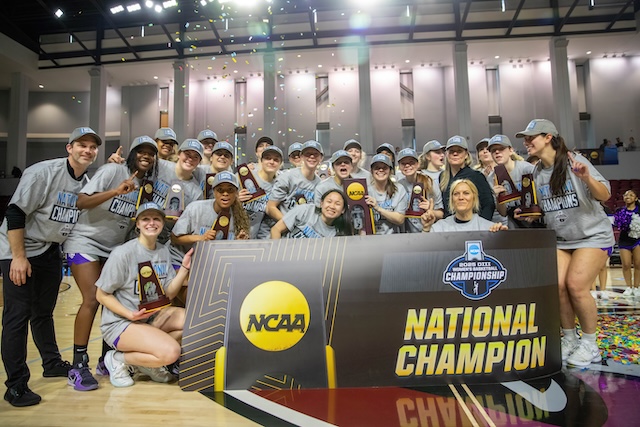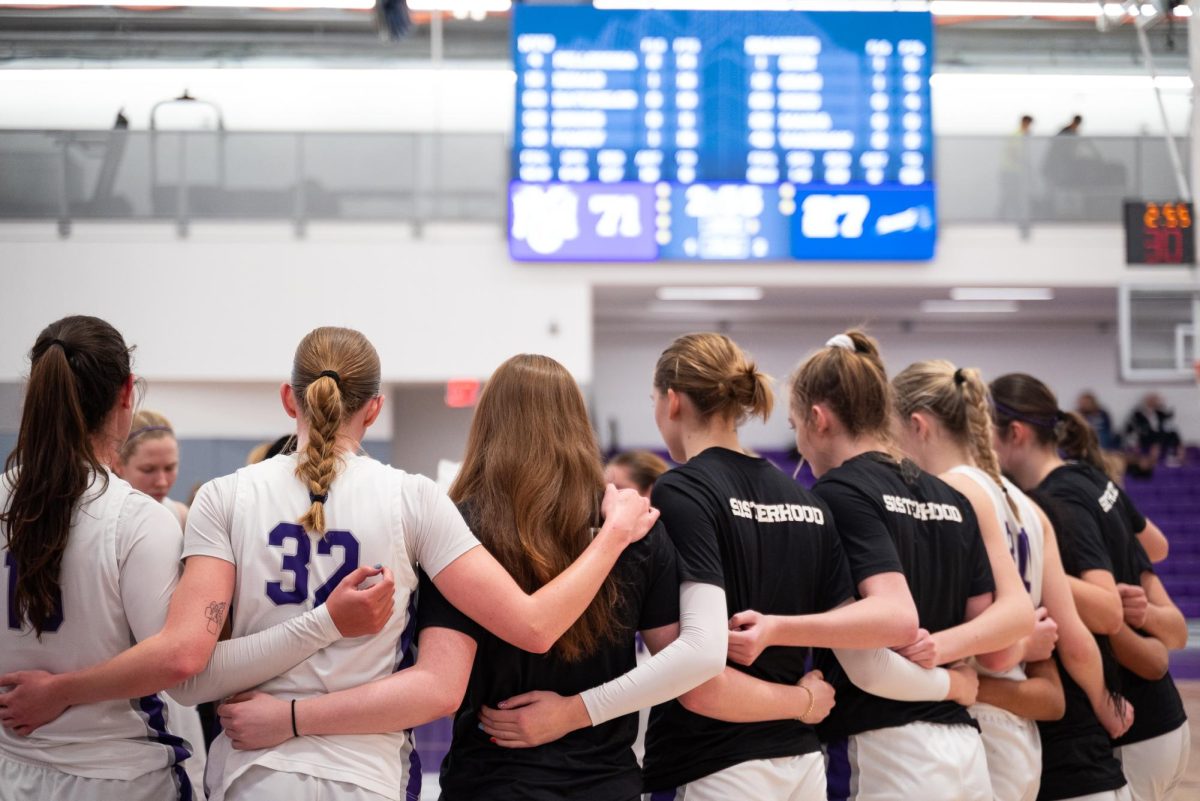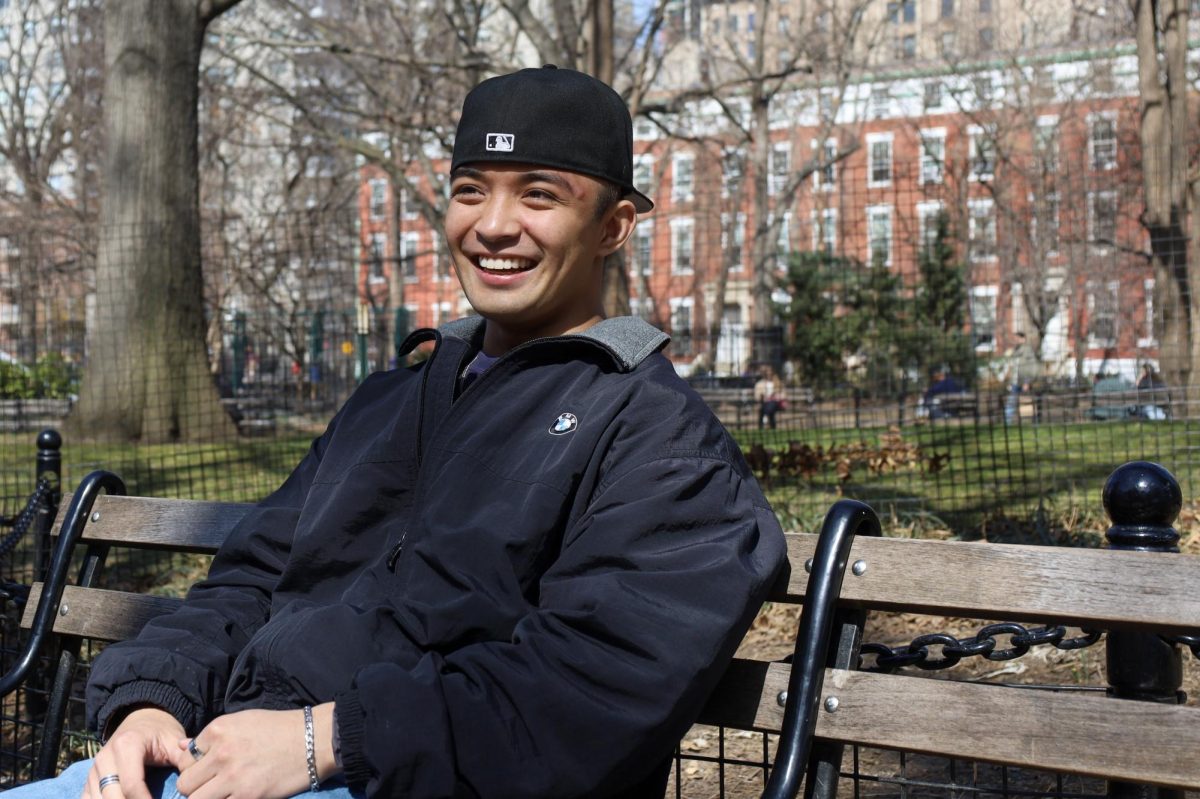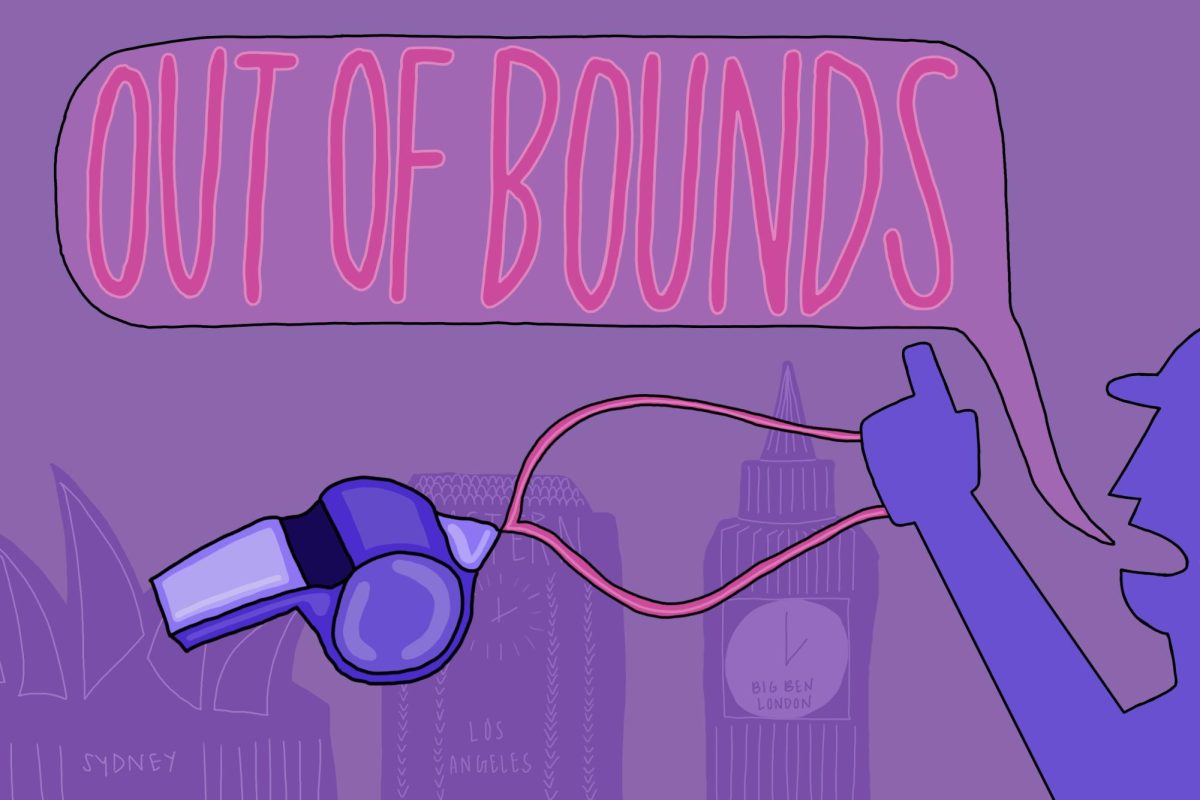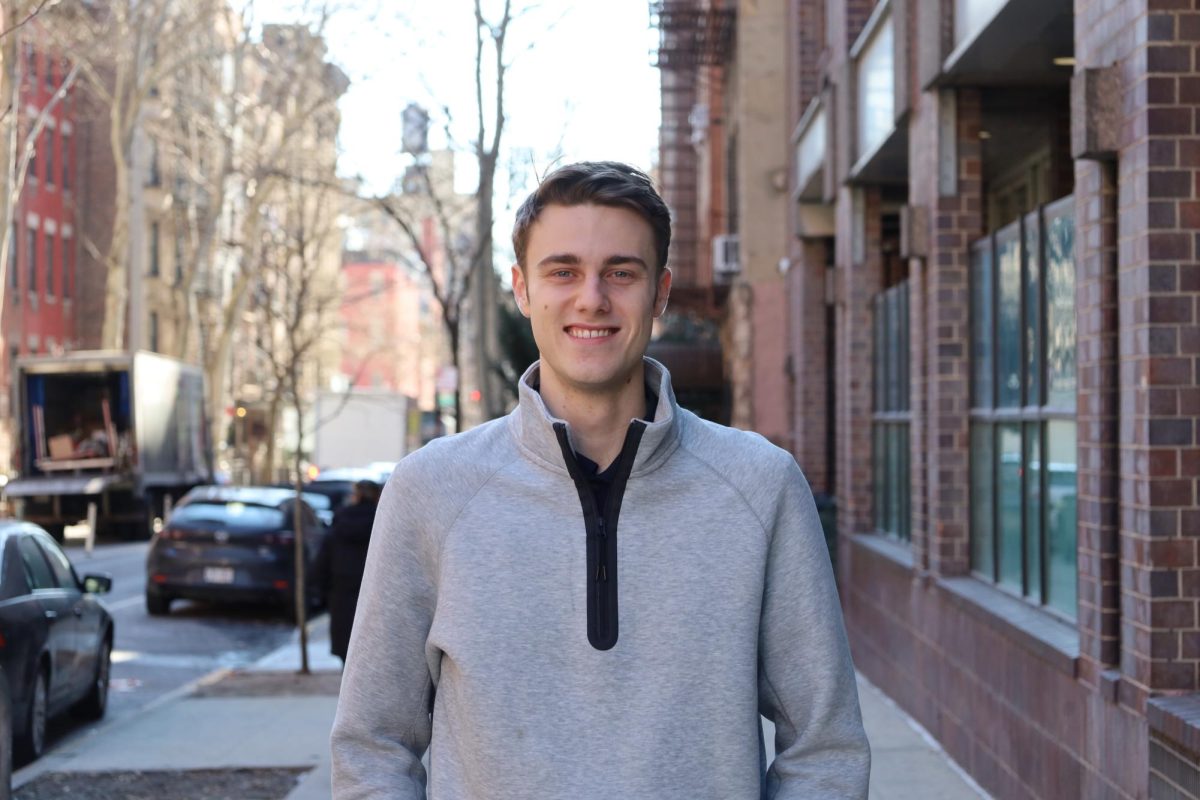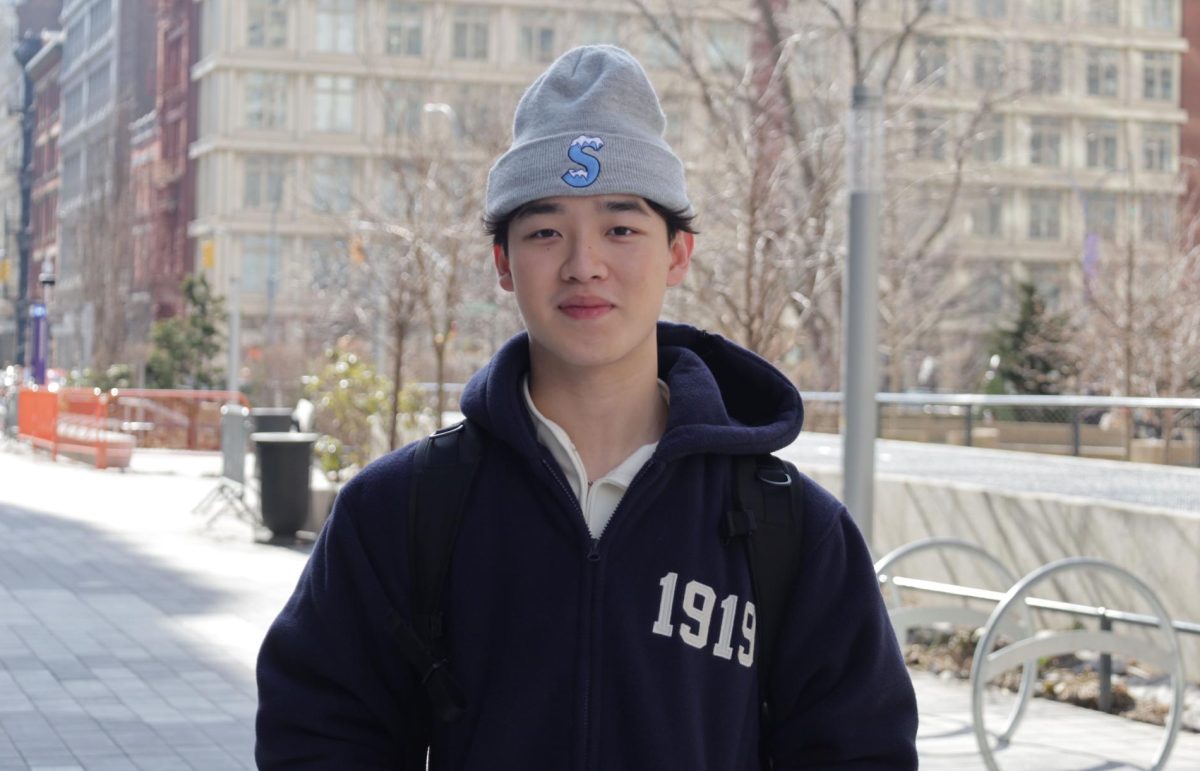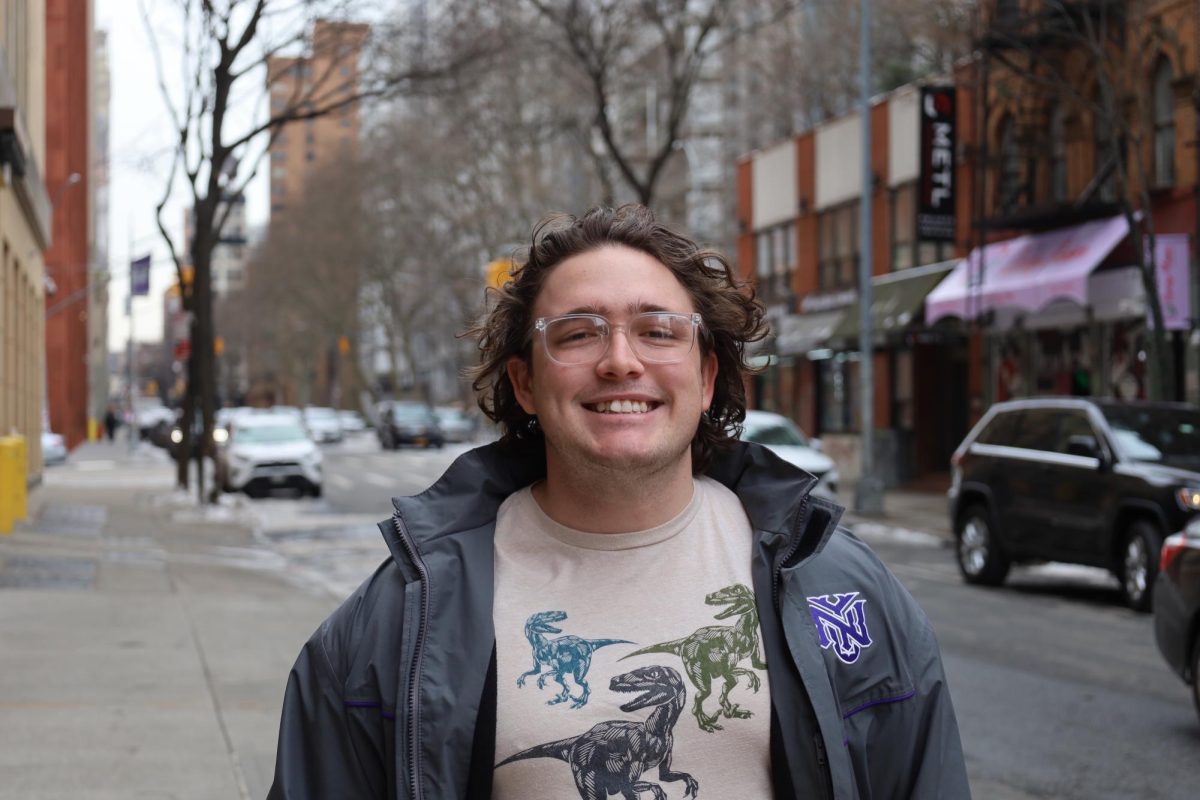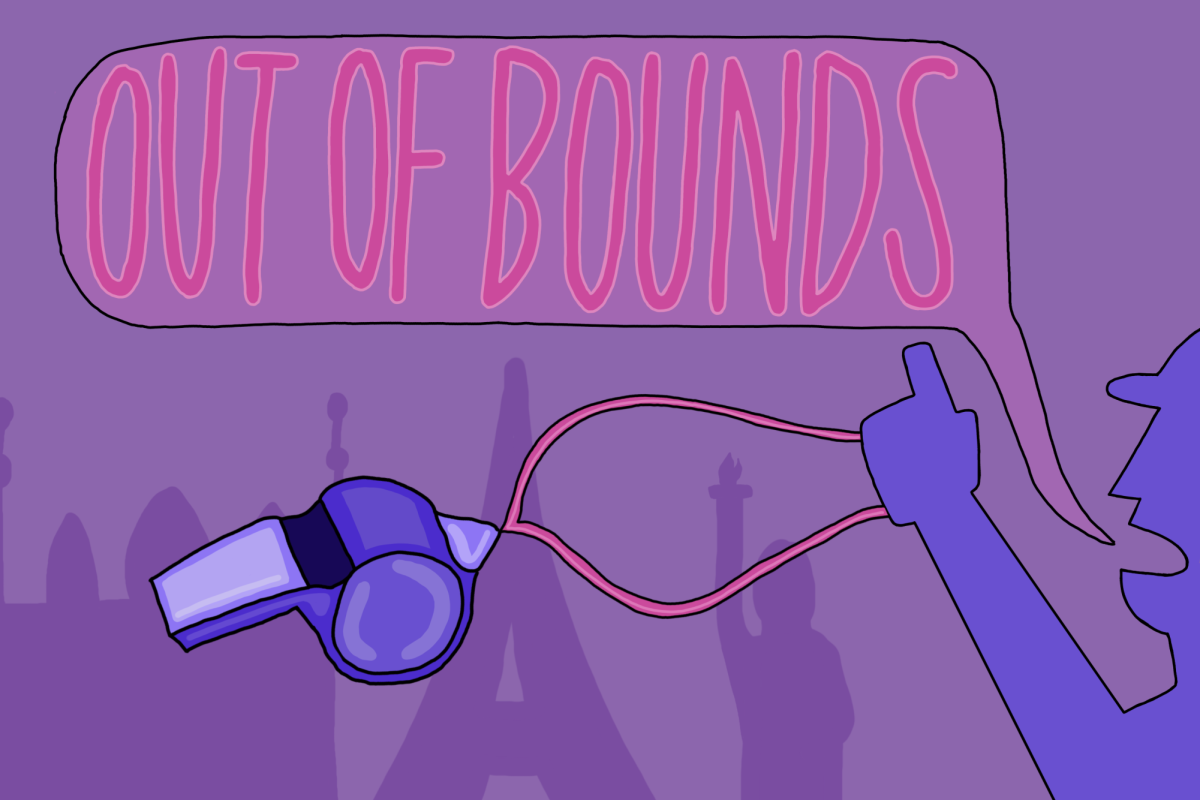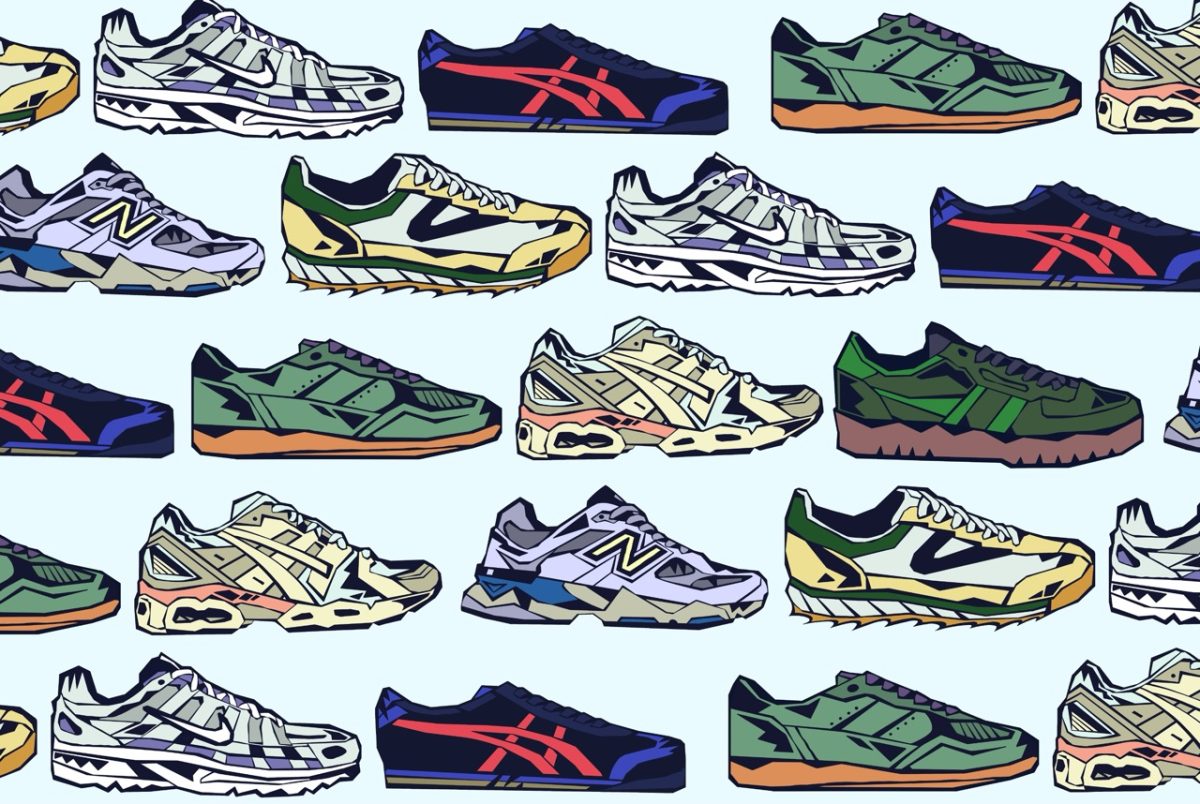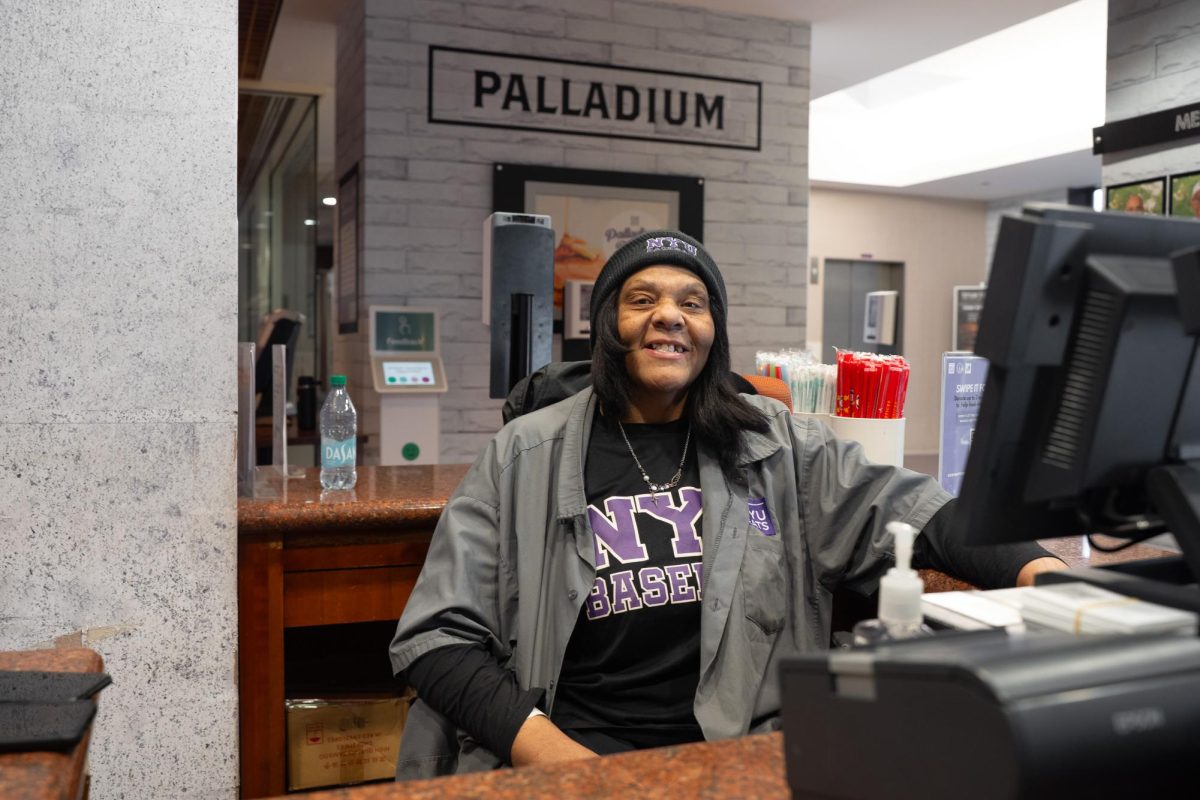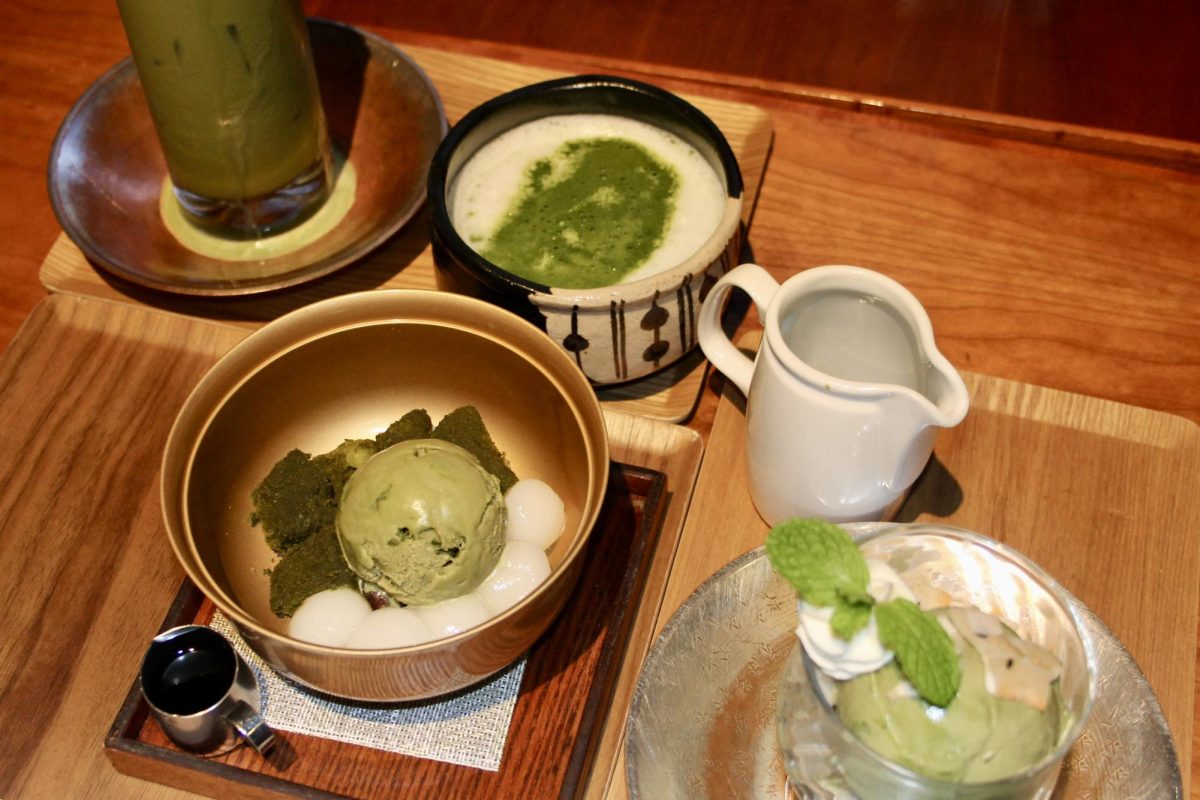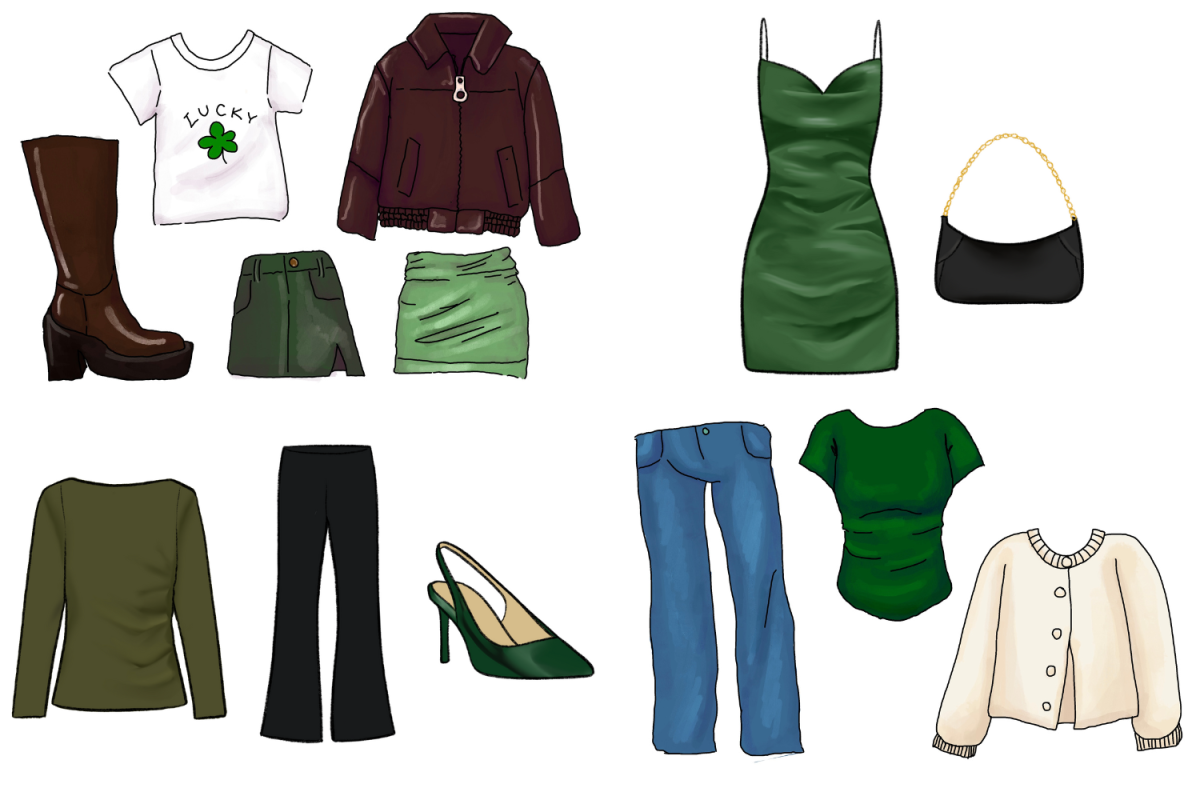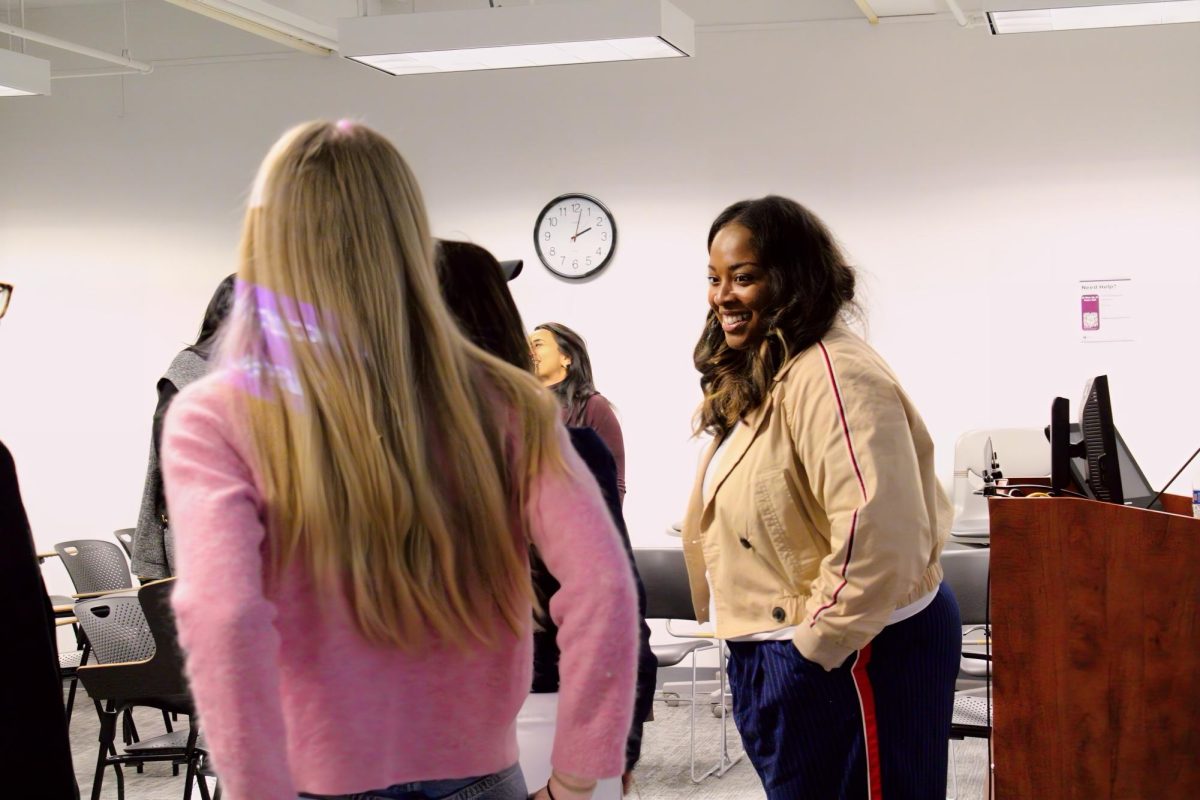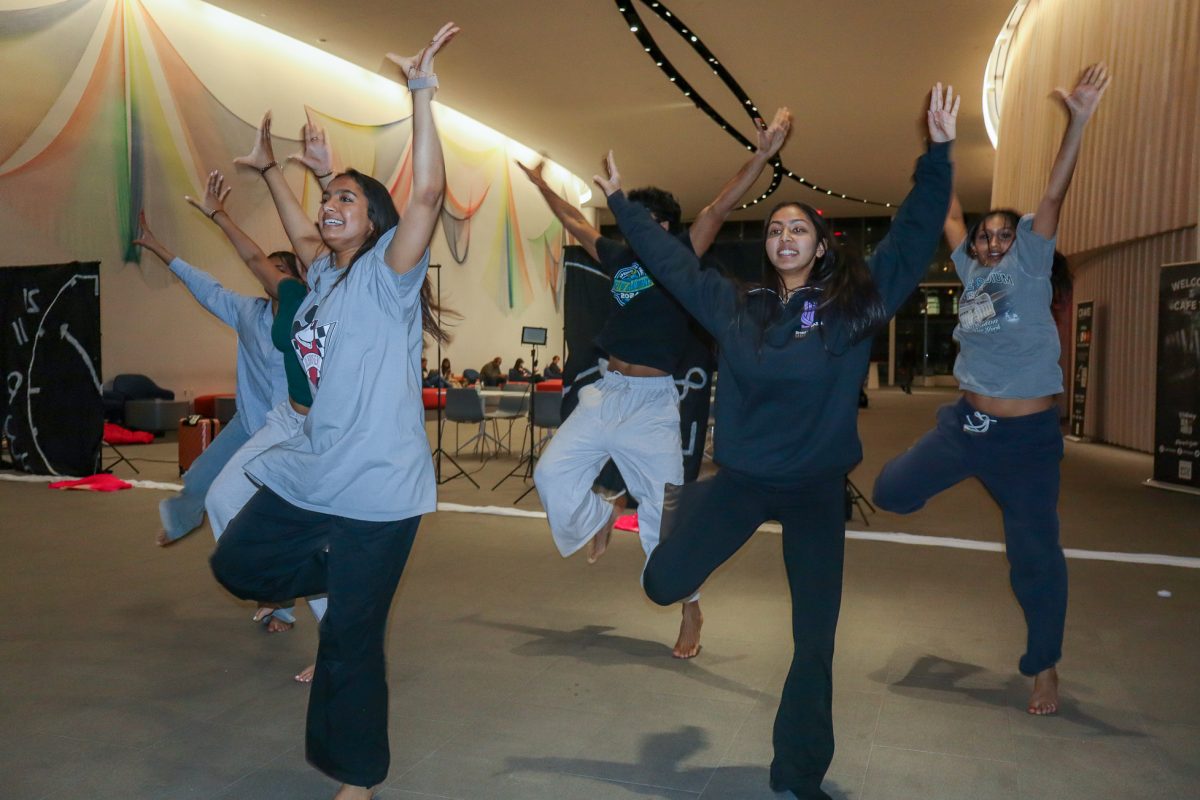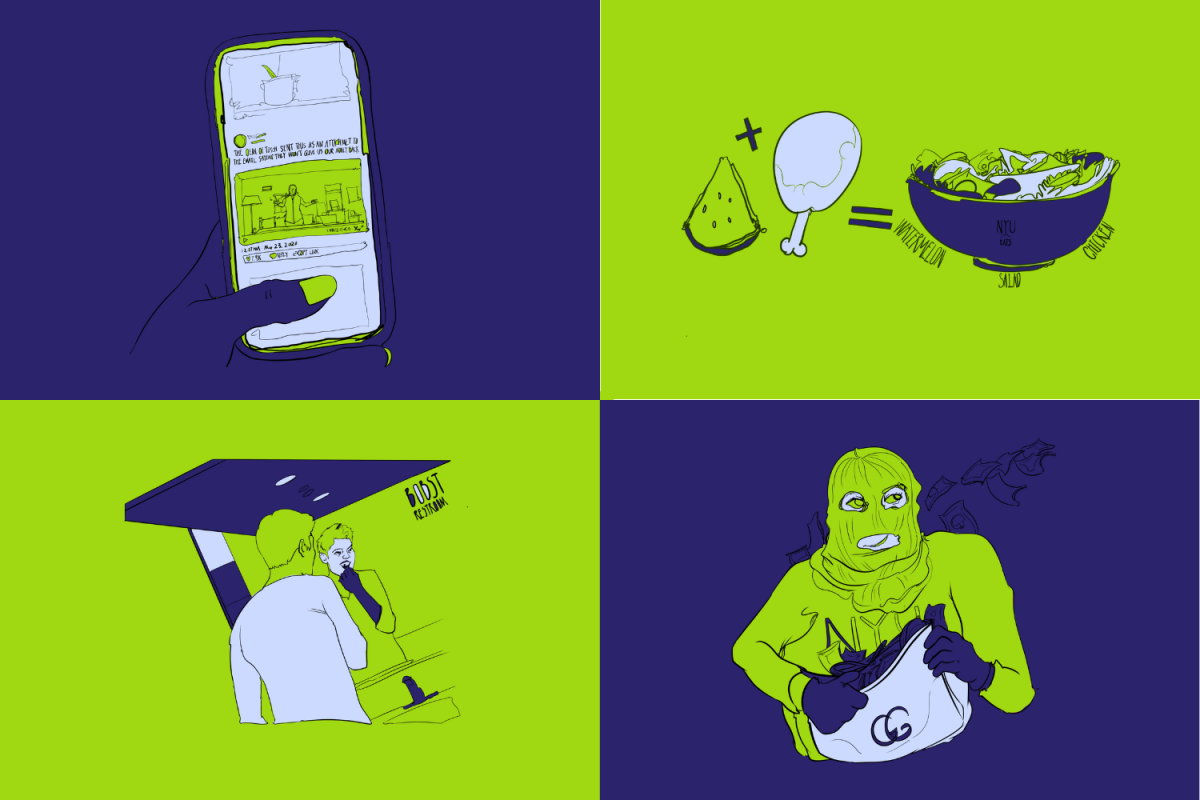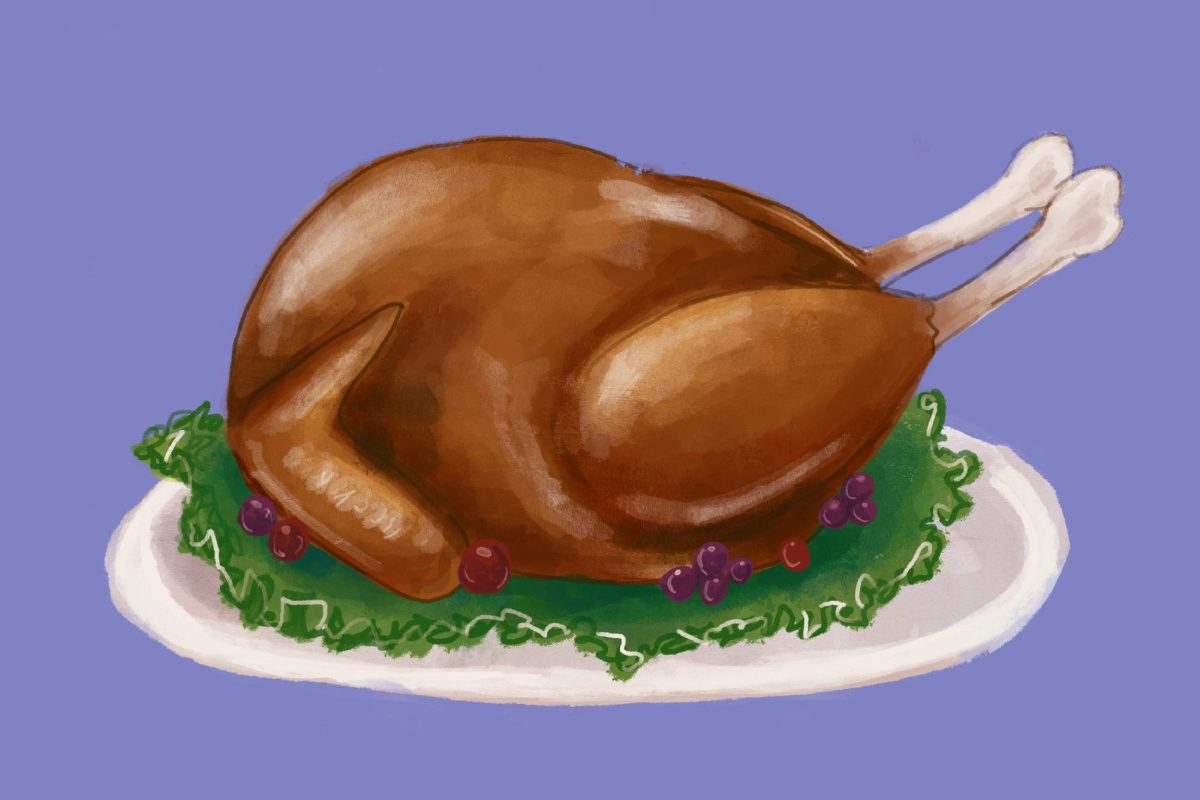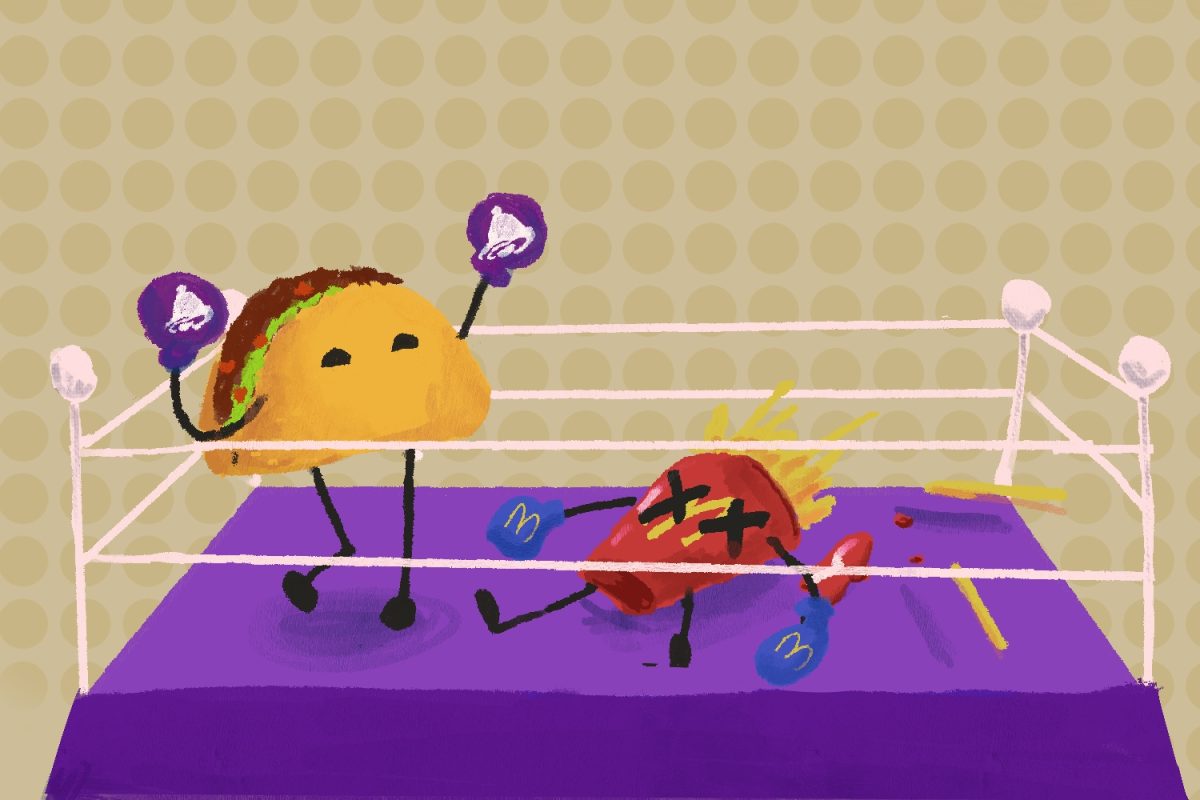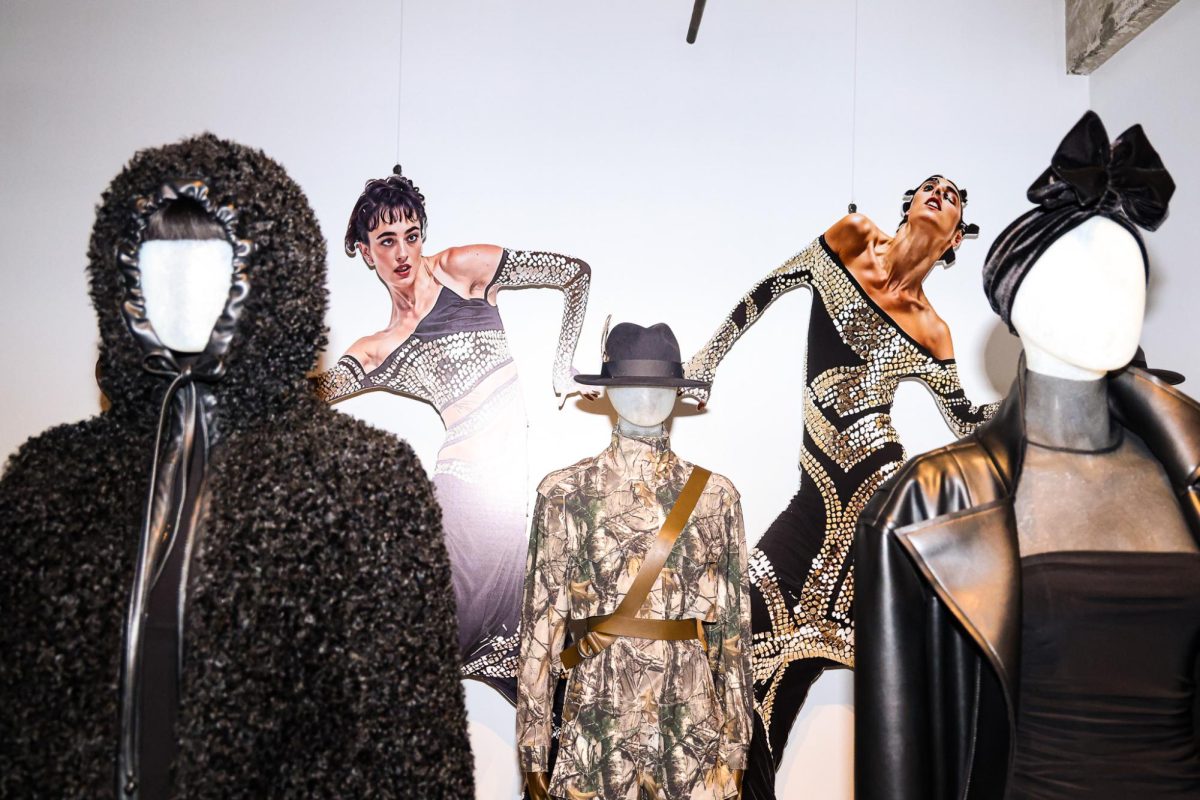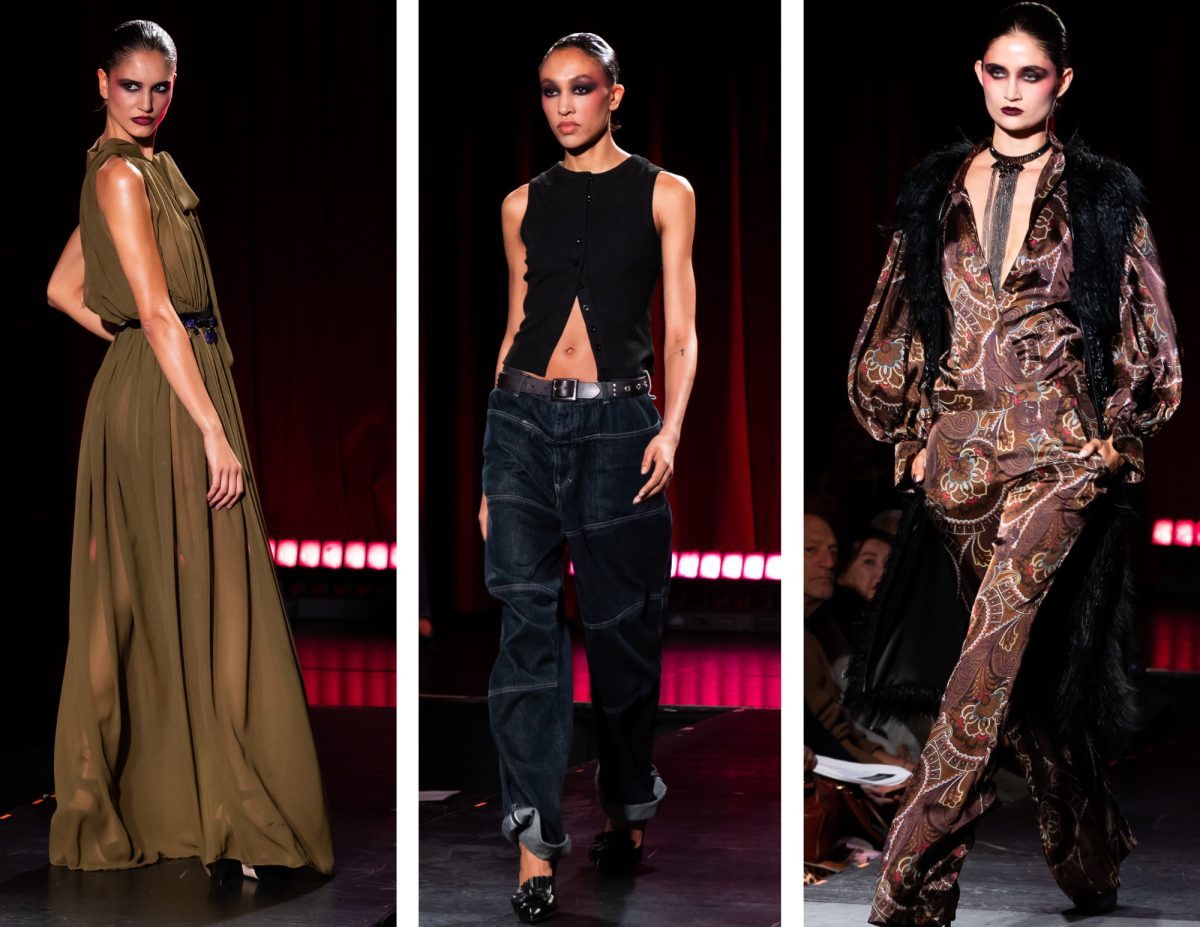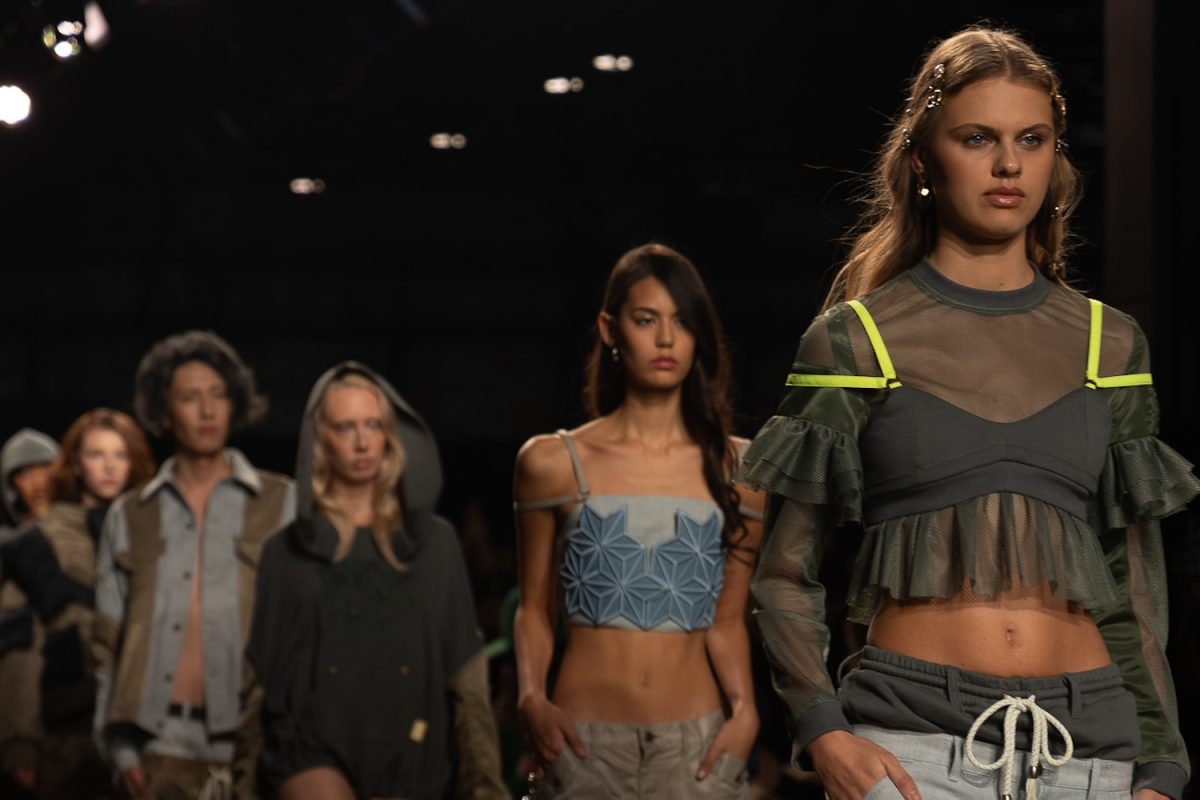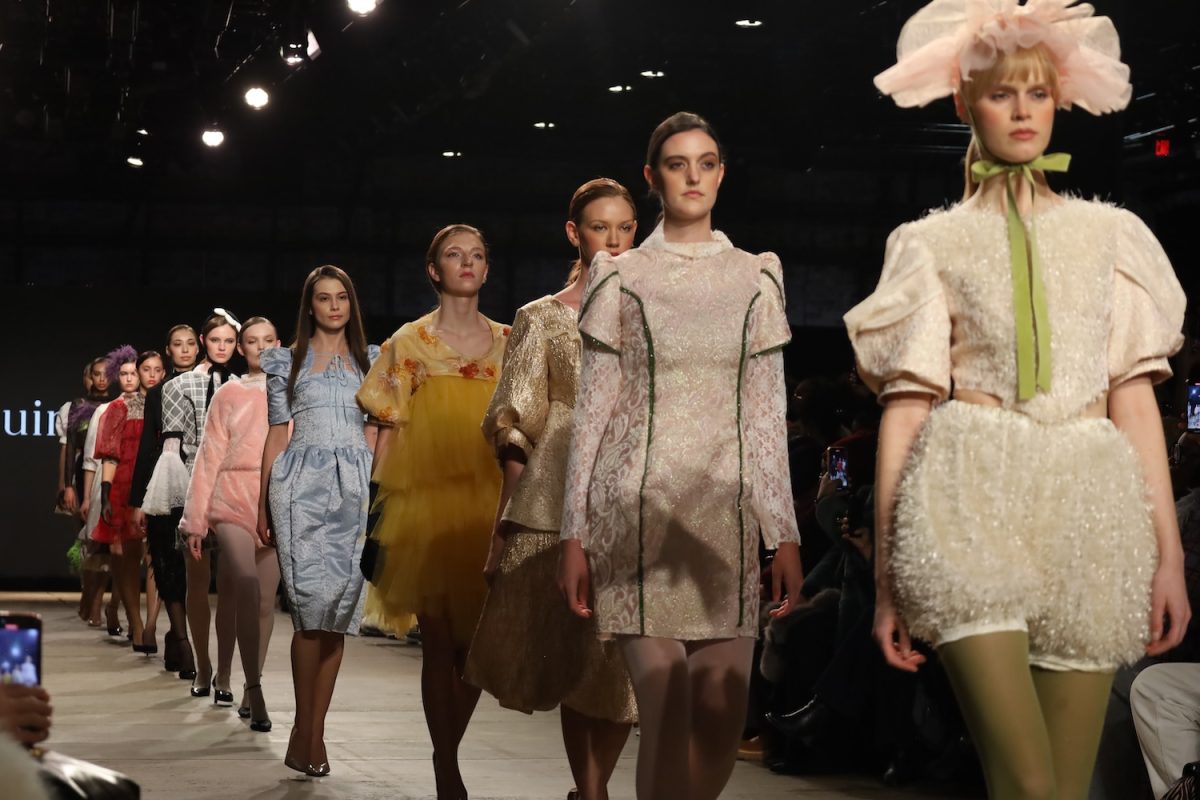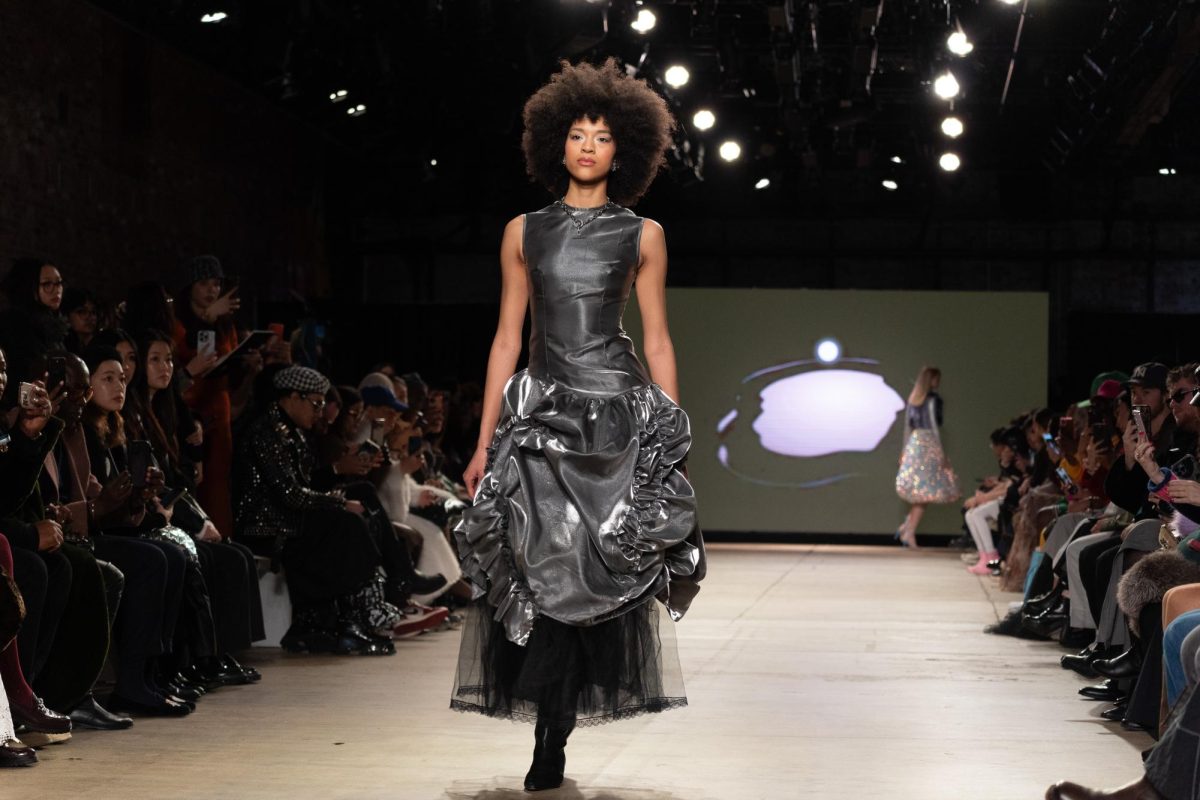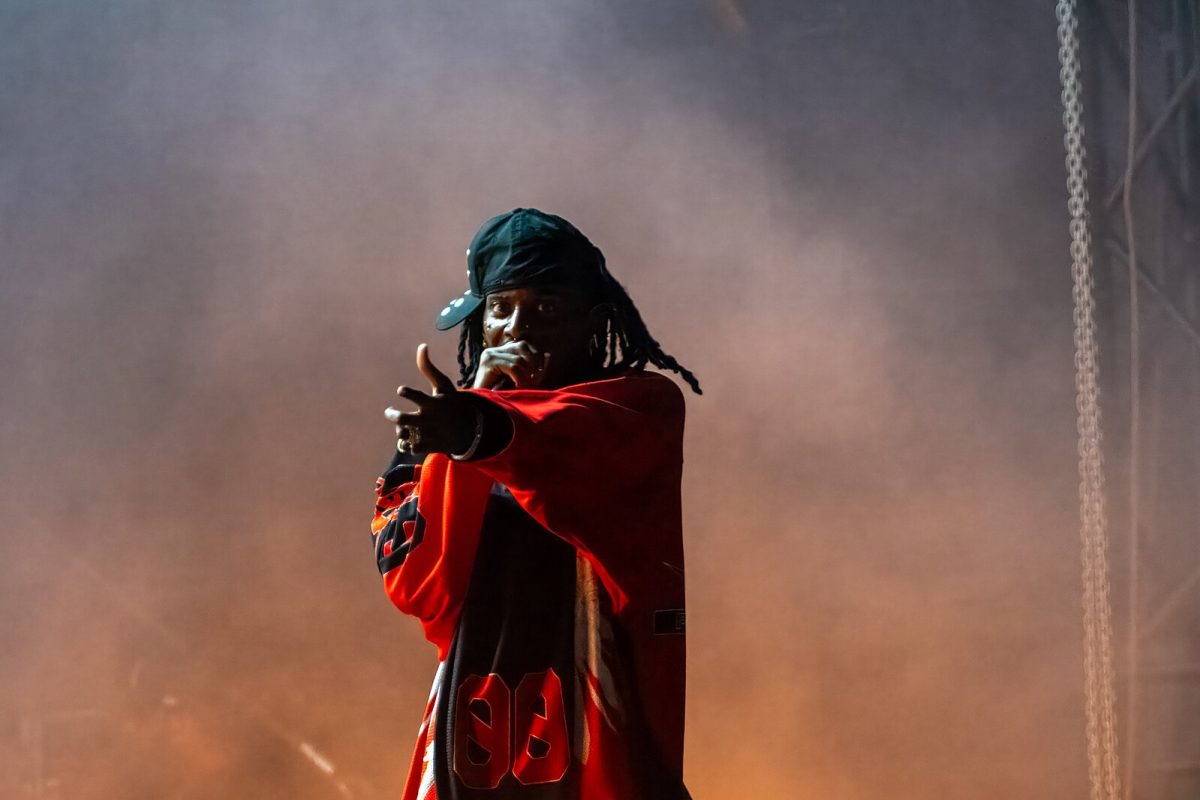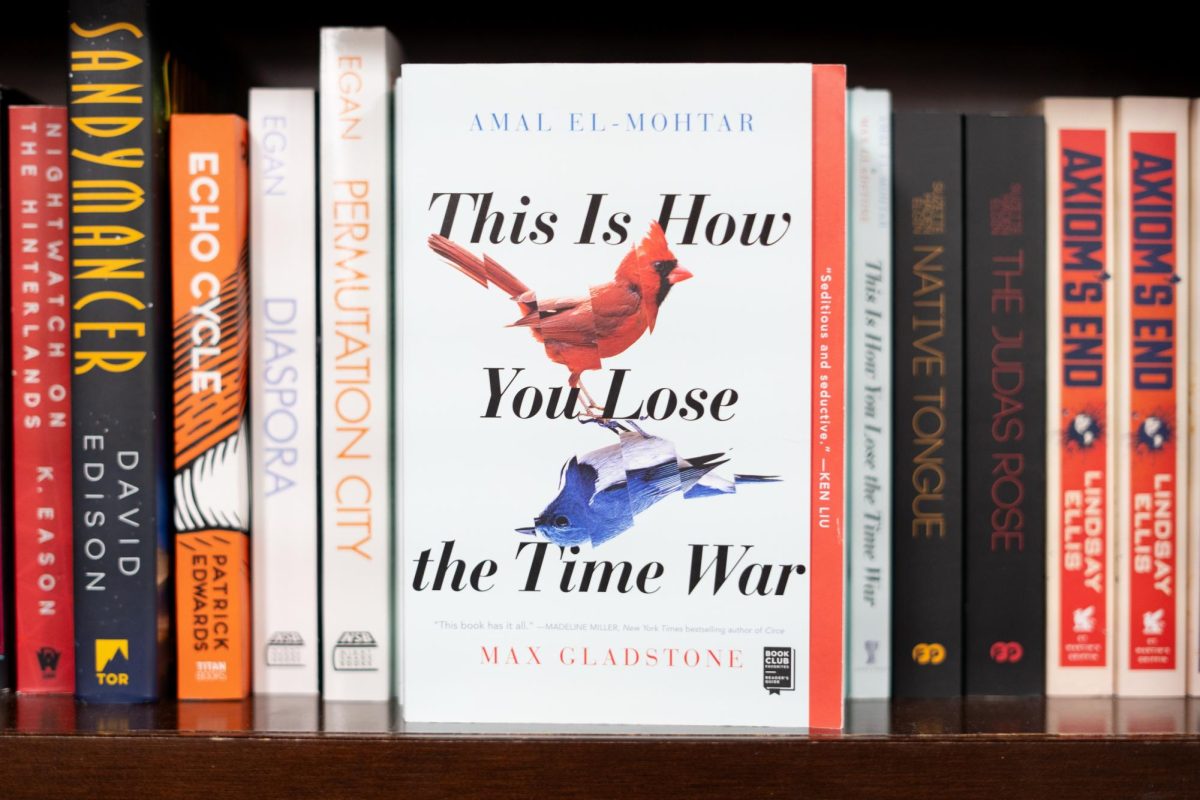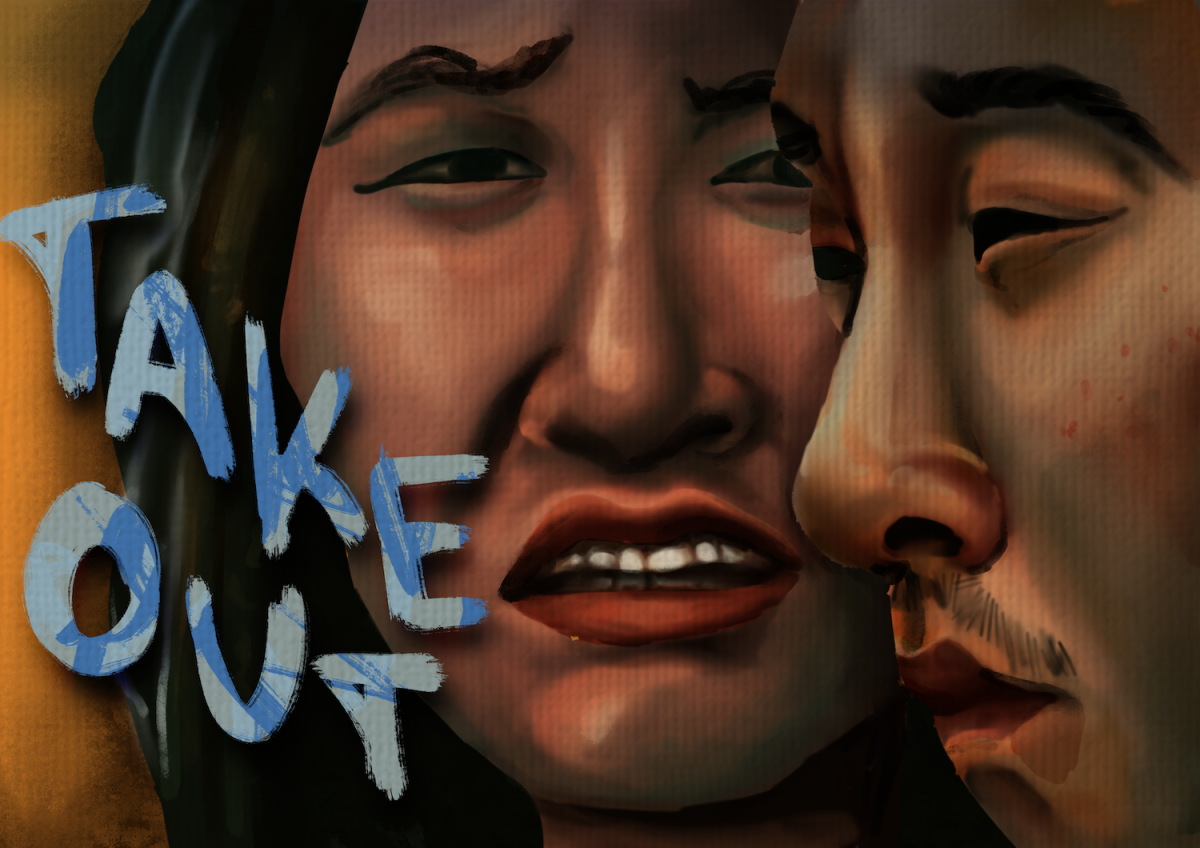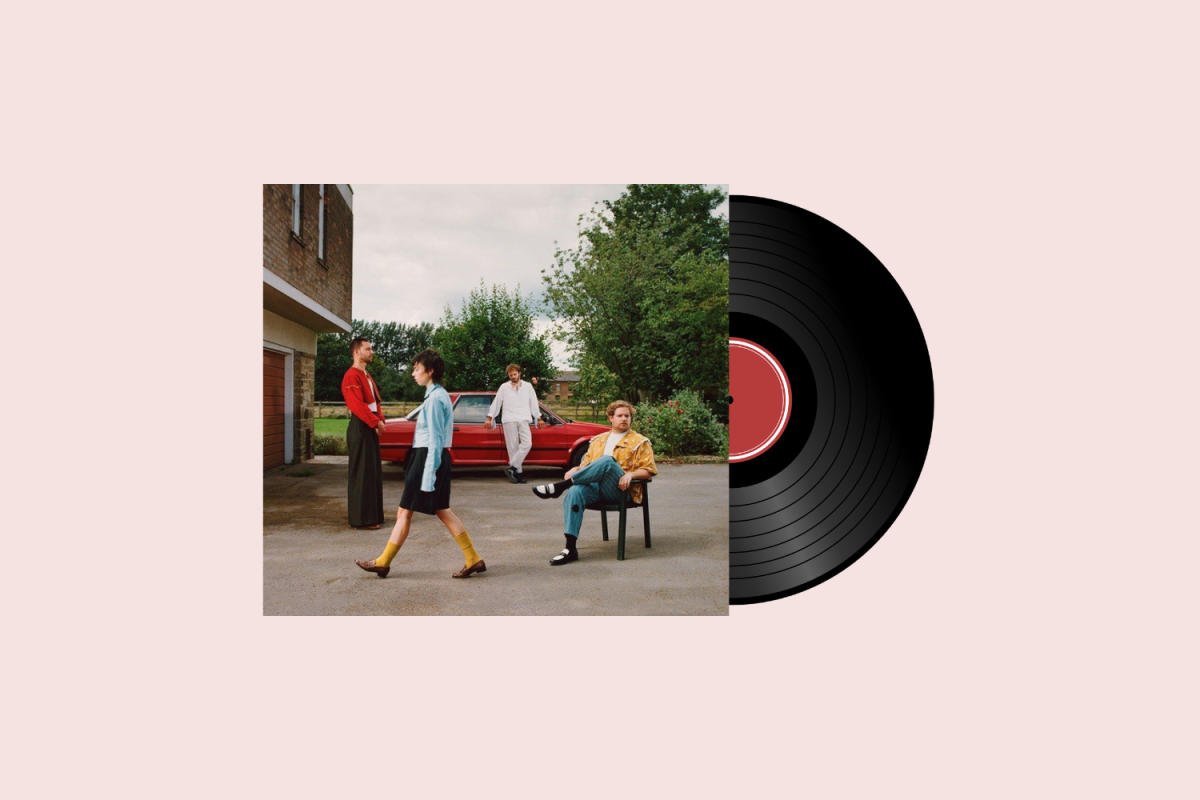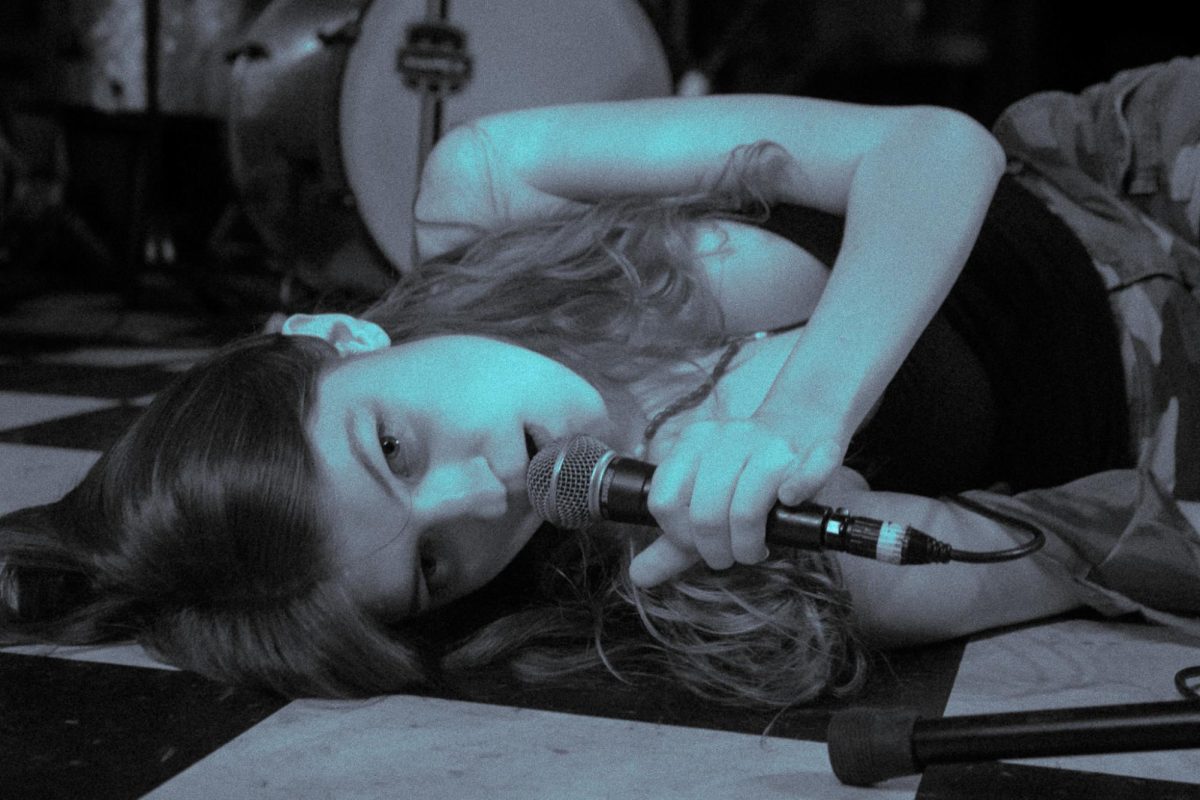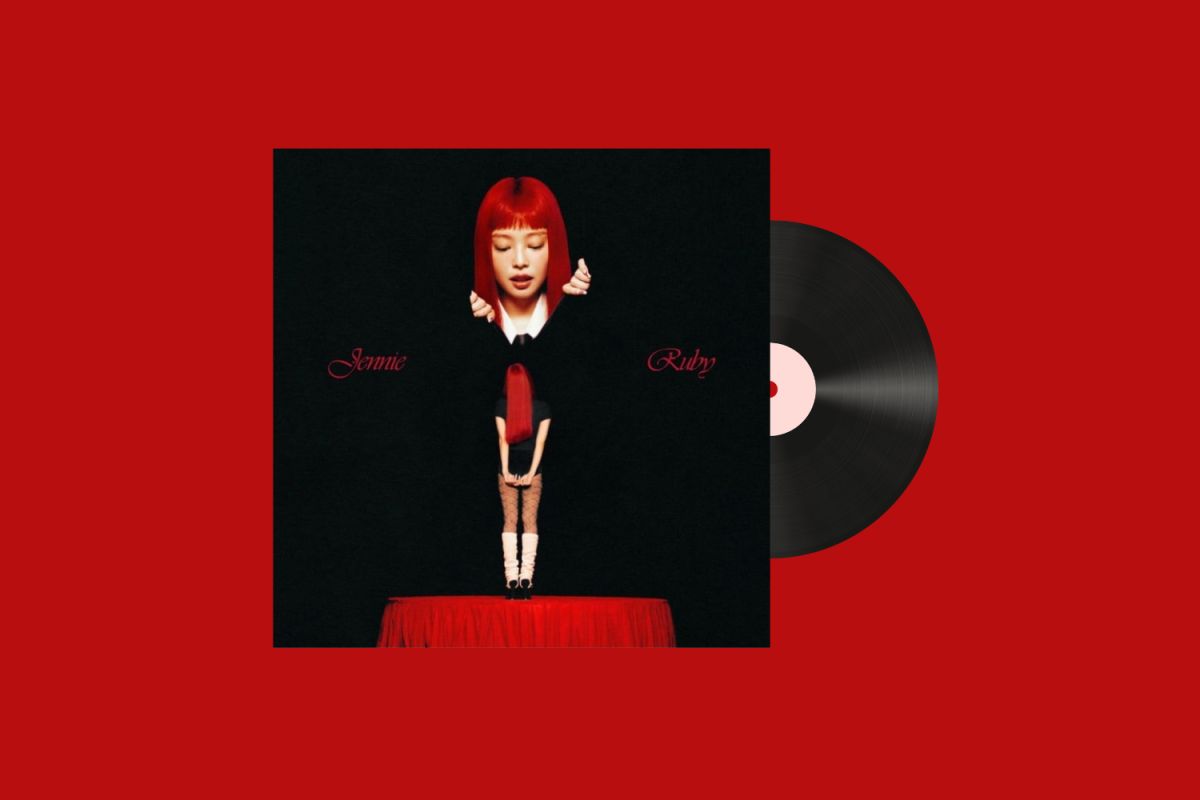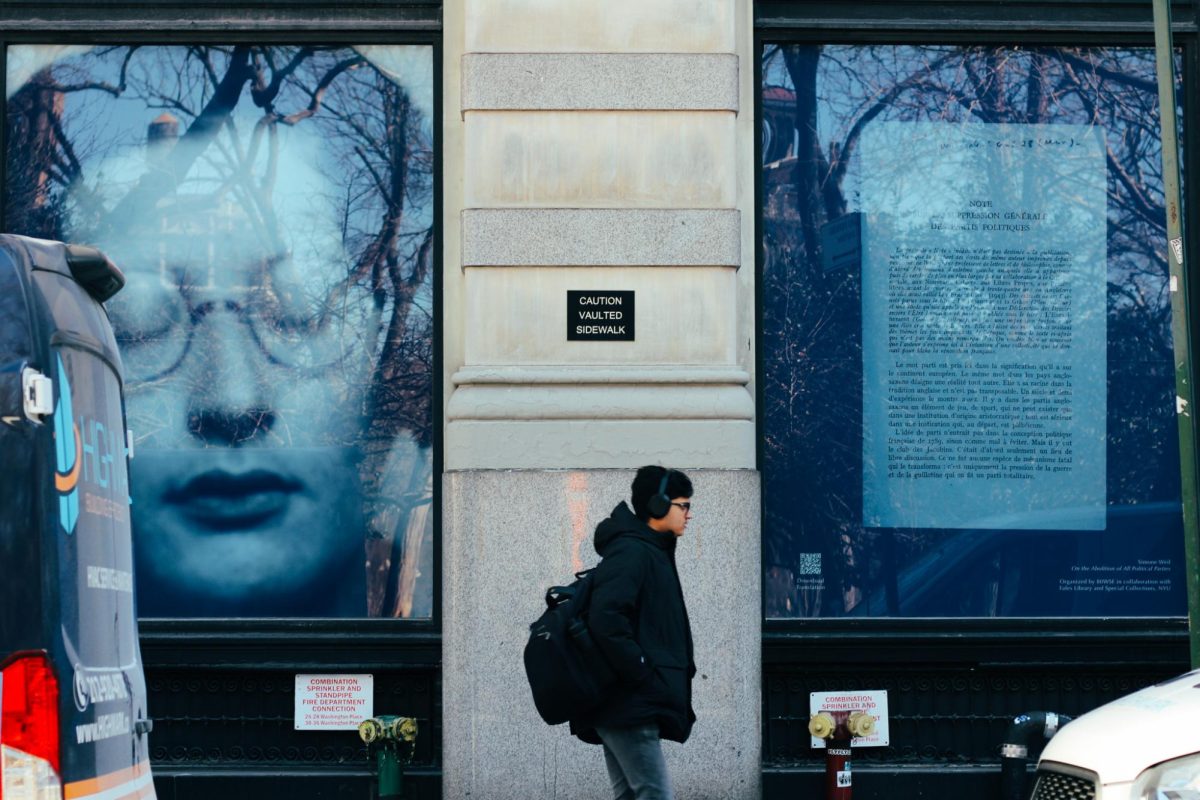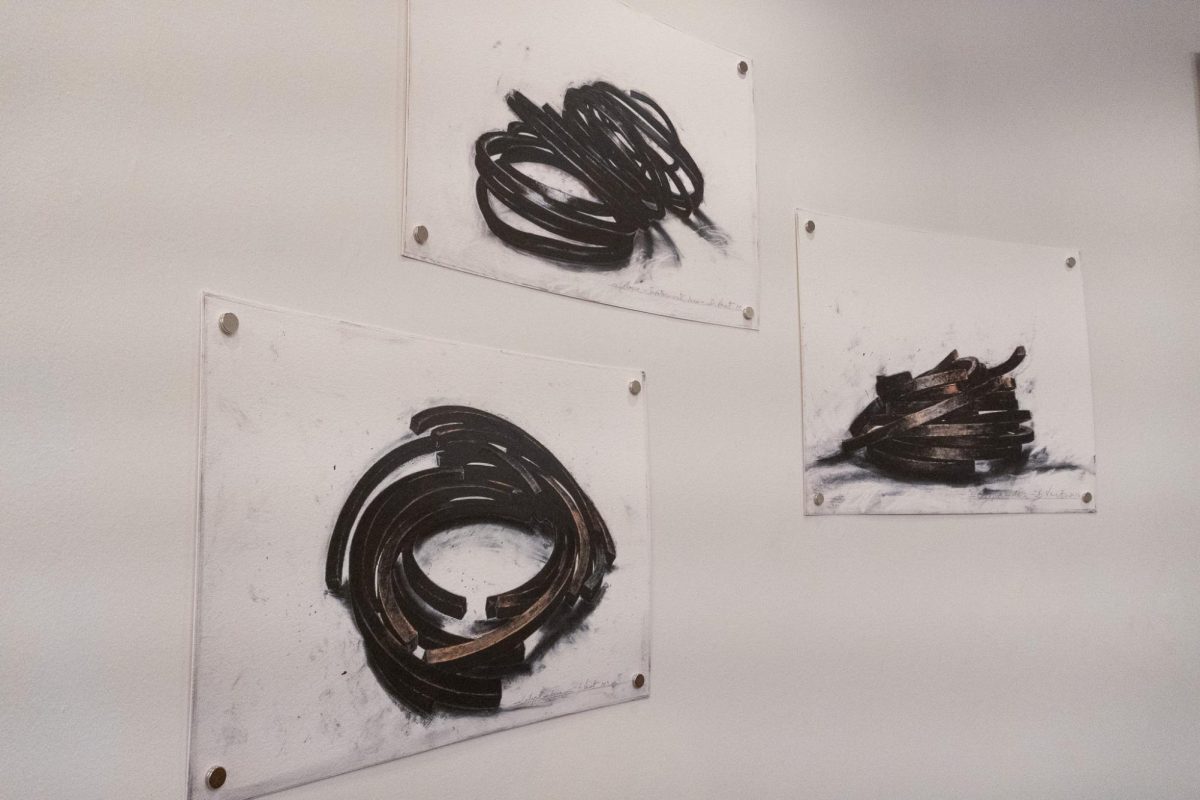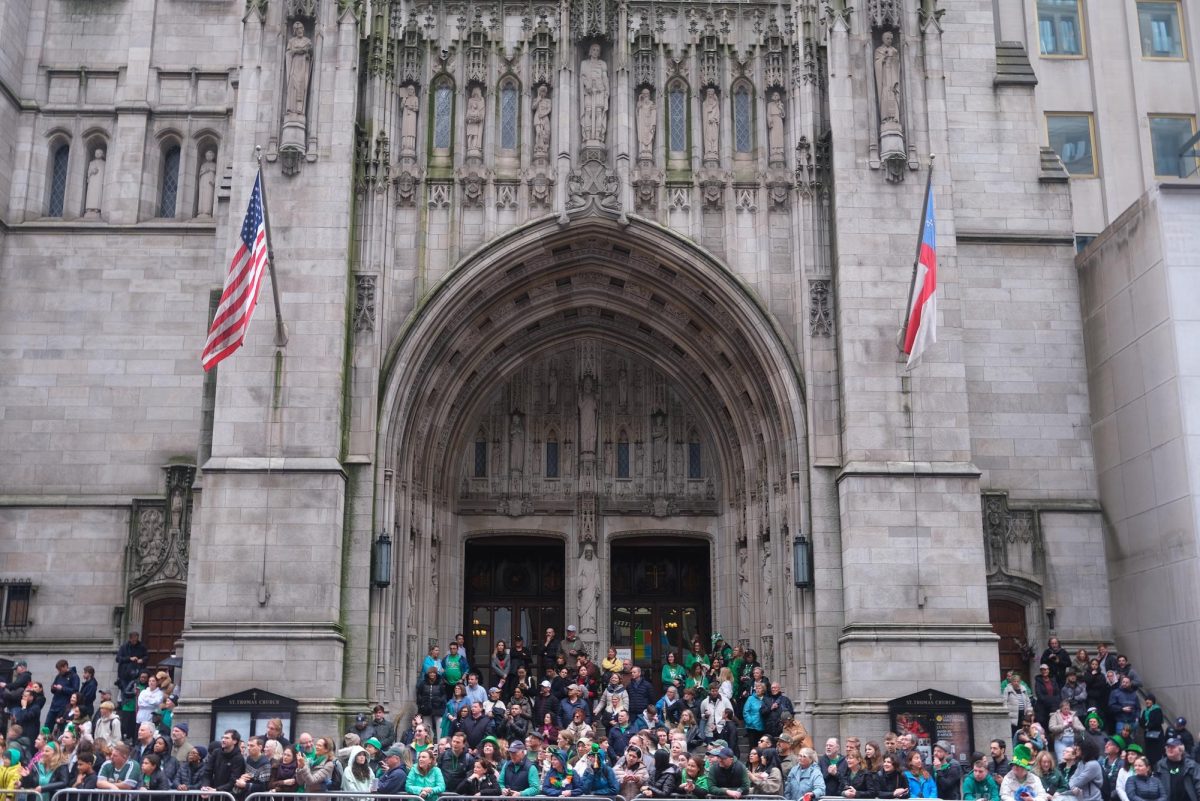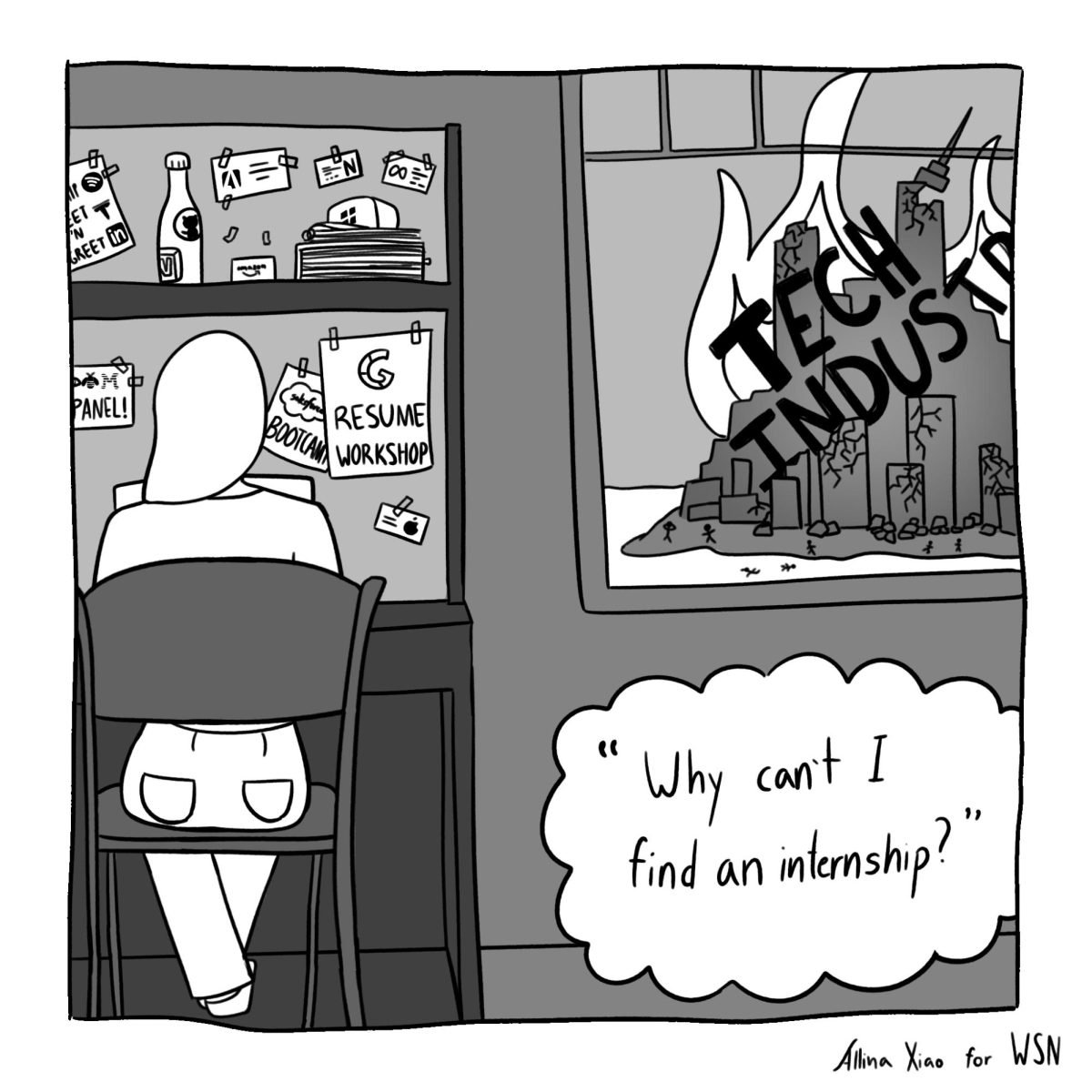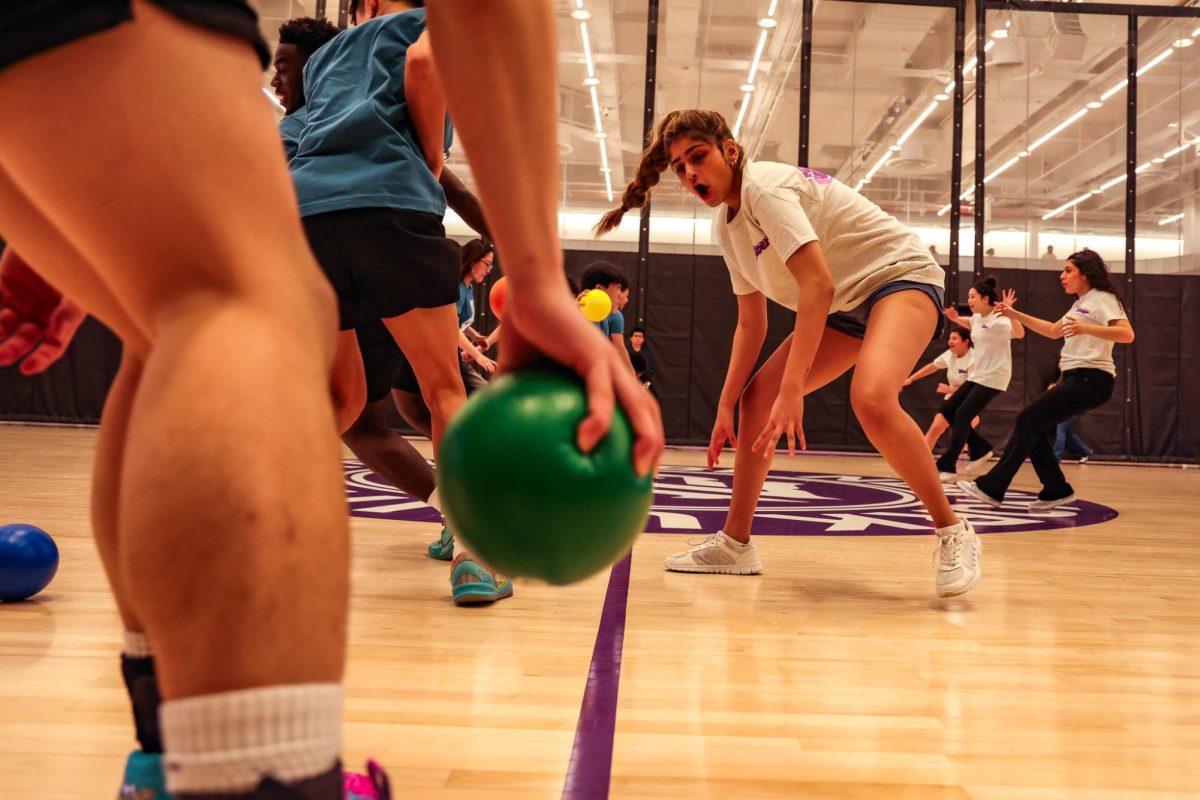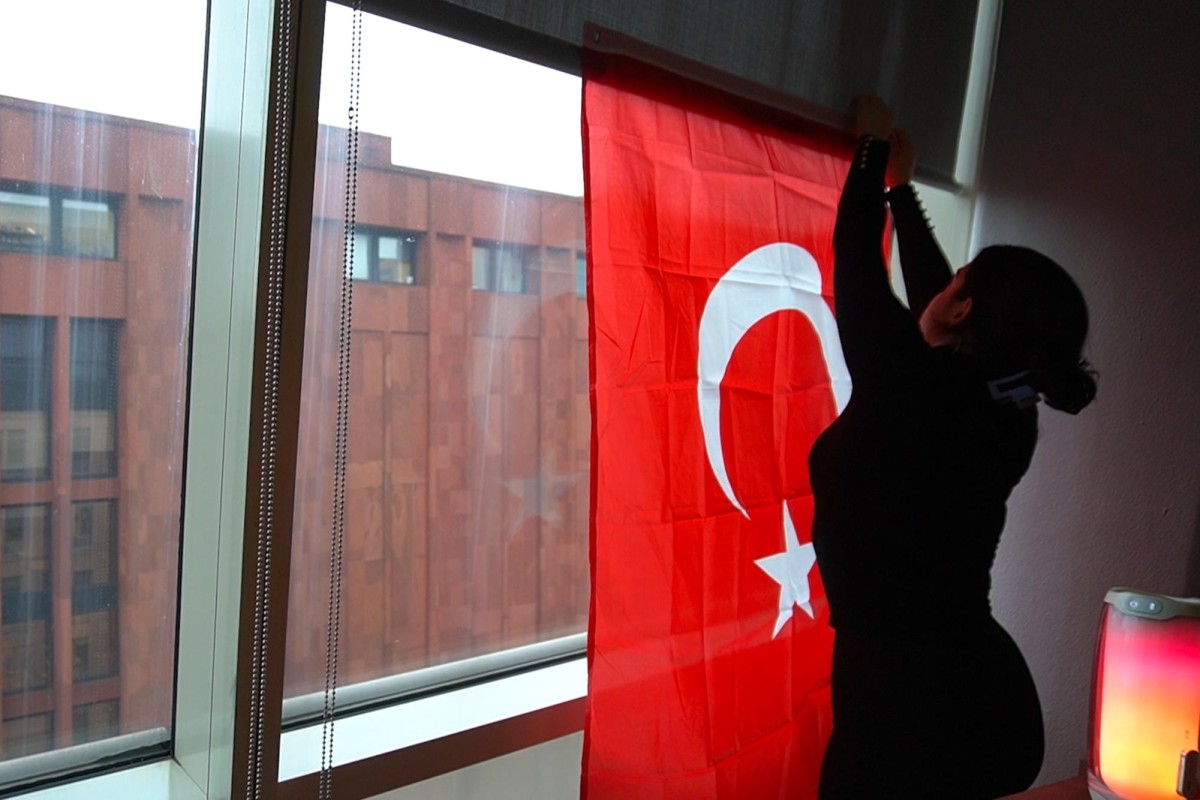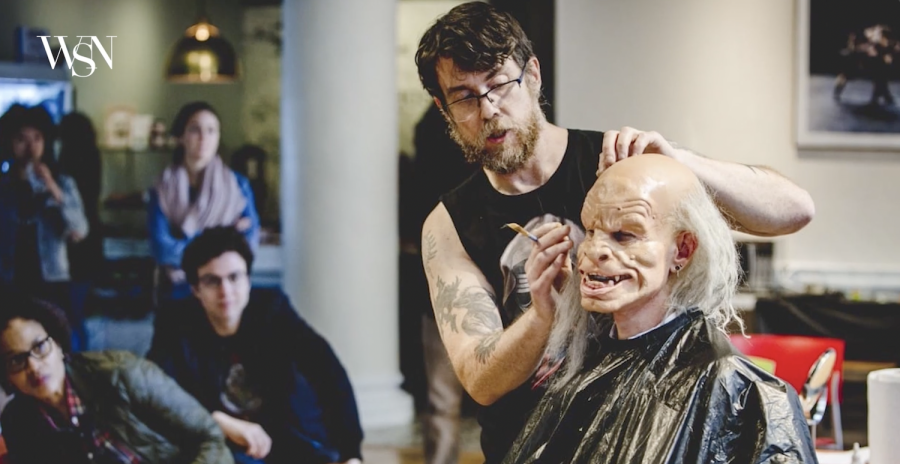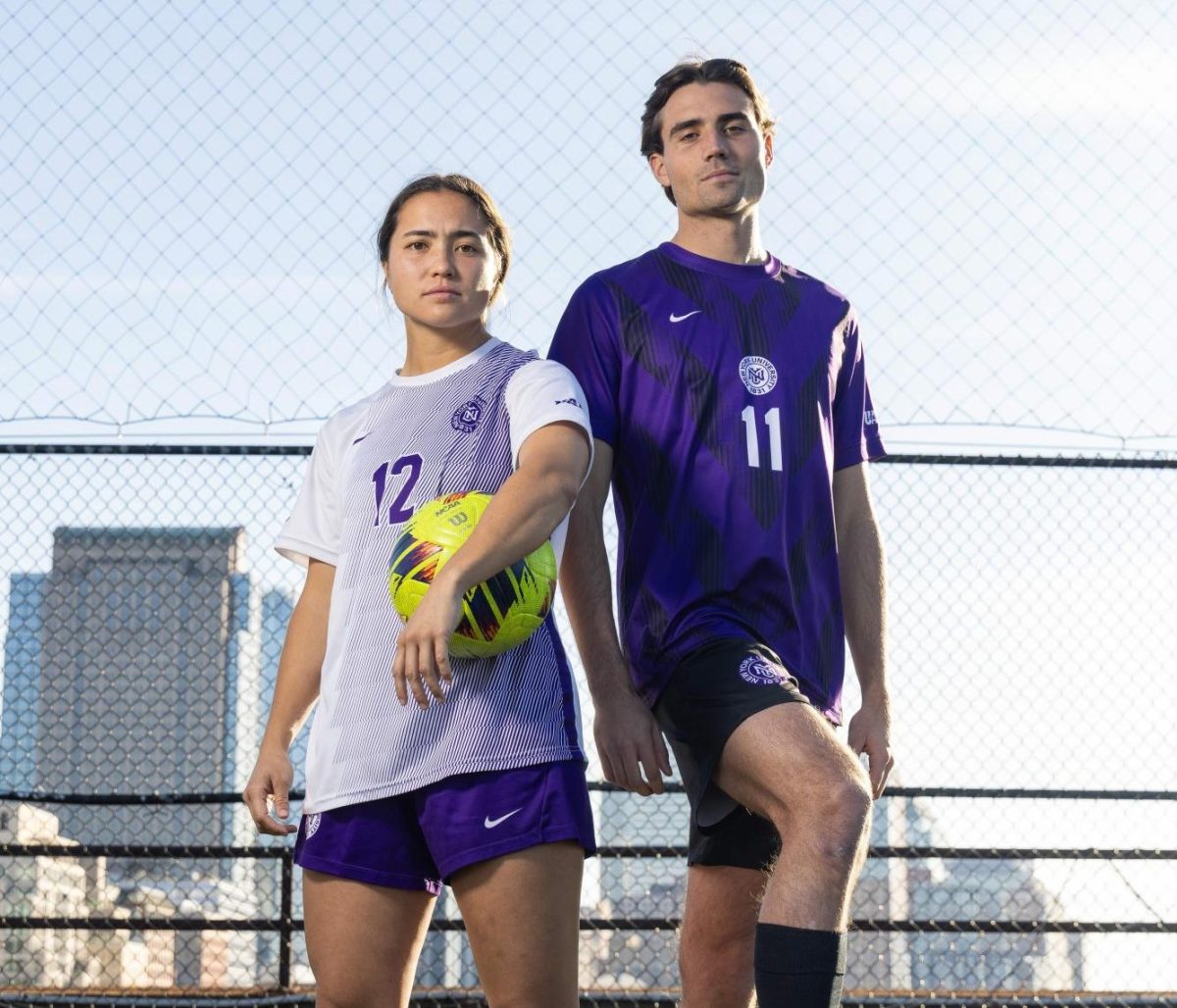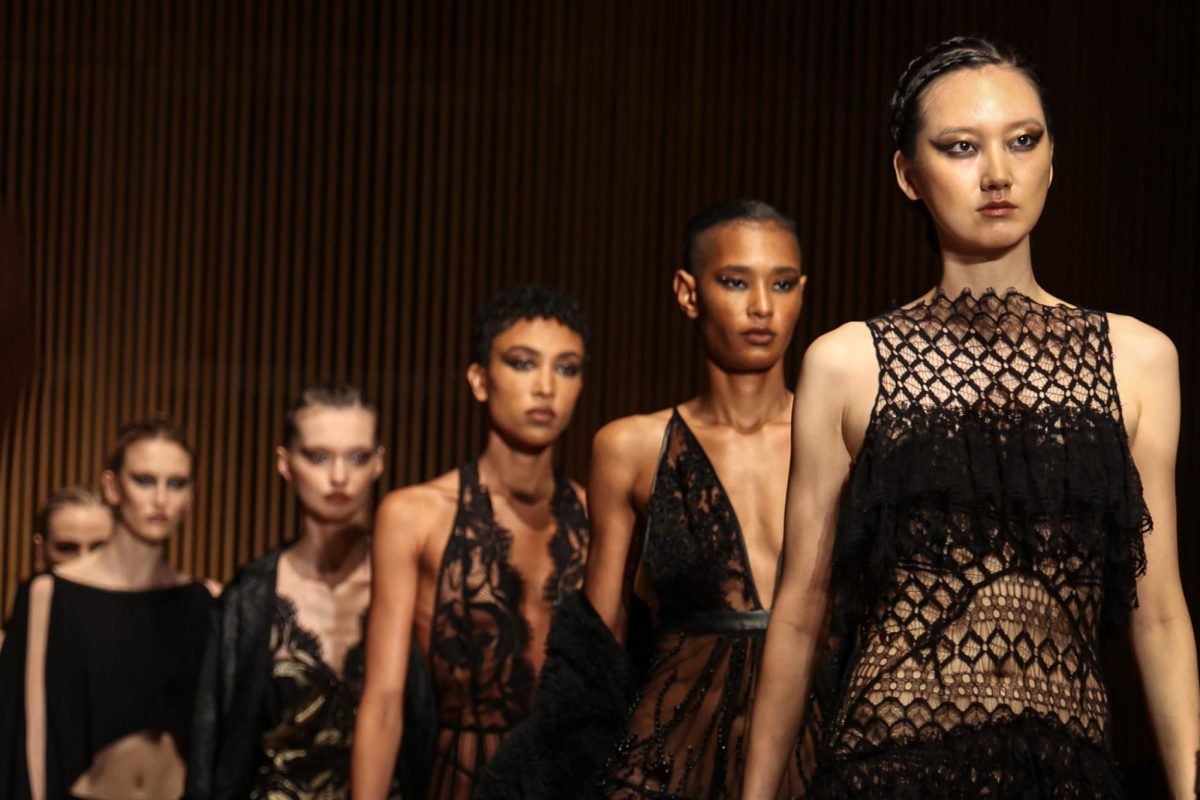The Problems Athletics Present at an Academic University
Athletes’ mental struggle is often overlooked in favor of their physical feats.
Walking down 10th Street and University Place, a pack of freshly-showered students wearing grey NYU athletic sweatshirts and sweatpants emerge from a sea of suits and dresses. As they approach the Silver Center of Arts and Sciences, they quickly finish off the remnants of power bars and last sips of Gatorade. Among the group is sophomore softball pitcher Cassi Parulis.
“We are definitely a rare breed here,” Parulis said. “You can spot the athletes because they usually aren’t dressed up and are eating, exhausted or both.”
NYU is admired for its famed alumni and scholastic achievements, but few notice the presence of sports on campus.
“Coming into NYU, I really didn’t even know we had official sports teams,” CAS junior Shannon Viola, a transfer student from Gettysburg, said.
In the world of college sports, the NCAA places universities into divisions according to size, sports funding and recruitment. NYU is a Division III institution, which means that compared to Division I and II colleges, it has less funding, limited recruitment ability and fewer scholarship opportunities for athletes. State institutions that are DI are allotted the largest scholarship funds and the ability to recruit some the most promising young athletes in the country.
In recent years, the division placement of universities has served as a blanket description for the school. According to a 2014 poll done by the NCAA, during 72 percent of college searches, one of the most common searches was the division of the university. Not only does the DIII title of NYU seem to diminish the credibility of student athletes, but it also seems to be leading to a rise in a much larger issue.
The correlation between anxiety disorders and collegiate athletics has been recognized since the ‘90s, when studies from the University of Alabama linked college athletics with eating disorders and an increase in student anxiety. According to a 2013 study done by the NCAA, almost 85 percent of certified athletic trainers believe anxiety disorders are currently an issue among student athletes on their campus.
The pressure to perform well, as well as to maintain great physical shape, coupled with the pressures to excel in school is challenging. Often, it’s too much for student athletes, leading some to quit their sports.
“I have known a lot of people that have had to quit their team in order to juggle their academics,” Tisch sophomore swimmer Reid Hensen said. “As a film student myself, I understand how time consuming and difficult it can be to balance the two.”
The significance of the trend at NYU has not gone unnoticed. Writing and Cultural Foundations professor Daniel Paliwoda has seen the pressure in his classroom.
“I have always respected and admired student athletes in my classes,” Paliwoda said. “Courses are very demanding for everyone so when students participate in sports in such a busy and challenging environment it can be difficult.”
Just this year, the Academic Advisory Office has implemented a new mental health protocol to help facilitate the growing numbers of athletes who seek mental health help. Dana Caccio, a graduate assistant for the athletics department acknowledged the need for special attention to be paid to athletes’ mental health.
“We do our best to facilitate the needs of all athletes at our office and help them balance their athletic and academic lives,” Caccio said.
The pressure student athletes face is not limited to athletics and academics though. Studies show that collegiate athletes also have a higher risk of body image issues than any other student. Along with the pressure to excel in class and in sport, athletes also feel the need to look a certain way. SPS sophomore Ashley Mains, an outfielder on the softball team, often questions her appearance because of sports.
“As an athlete, I always feel like I have to be in great physical shape and continually hit the weights,” Mains said. “I have kind of learned to correlate looking good with playing good.”
Student athletes are often subject to external demands to appear a certain way in order to perform well; continually looking up to famous athletes who not only excel at sports, but are often attractive and slender.
In a BT Sports survey, 80 percent of female collegiate athletes stated that they felt a pressure to conform to a certain type of body type. Erica Belcher, an assistant coach on the swim team, has learned to grow with the concept of body image as she has spent more time around the sport.
“When I was younger, it was expected that you were stick thin and almost pre-pubescent in order to be successful in the sport of swimming, but I always felt that if your body worked for you, and that was reflected in your sport, than who cares what you like like,” Belcher said. “I still think that athletes today put that pressure on themselves to uphold a certain body type because that are in the spotlight to an extent though.”
Walking onto a DI campus like Kent State, there is a large contrast from life at NYU. A large football stadium serves as campus hub, while rows of All-American athletes decorate the interior of numerous buildings. Students are decked out in jerseys and football shirts, while the athletes are viewed as the kings and queens of the university. This culture can add some pressure, but affords most athletes some slack that they may not get at NYU.
“Sports are a fundamental part of this school,” Lexi Mantas, a volleyball player at Kent State said. “There’s a lot of pressure being on such a big team, but I do get help and professors are really understanding.”
In DI athletics there is extreme pressure placed on players and coaches to perform well, but funding allows for state of the art facilities including scholarships for student athletes and leeway when it comes to academics.
“I’ve missed a lot of classes, but I usually get extensions,” Mantas said. The DI lifestyle at Kent State offers a stark contrast from the life of a student athlete at NYU.
“I don’t get extensions on papers; I don’t even think my professors know I’m on the softball team, despite having four hour practices I’m still expected to do my work,” Parulis said. But, despite being a DIII university, student athletes at NYU still participate in rigorous practice schedules and training.
College athletes are tasked with balancing their course load with athletics — and because of this they are faced with pressures that exceed that of the average student, leading to anxiety, mental health concerns and body image issues. When they take the necessary steps to combat this pressure — like, for example, sacrificing sleep — they only conflate the problem and detract from their ability to perform in their sport. It can send even the most stable athlete into a cycle that leads them to blame themselves, or even their physical figure, for their problems.
While all universities, no matter the division, face these issues among their athletes, it seems that NYU in particular is seeing a rise in it. Perhaps it is the invalidation some athletes feel because a lack of recognition among sport teams at NYU or an unawareness by faculty and peers that enhances these problems, but whatever the cause may be, it is clear that it needs to
be addressed.
Email Alex McGurk at [email protected].


